|
When we visited the famous Leaning Tower of Pisa, we couldn't help falling into the trap of taking the same picture that everyone else was taking... that is, positioning yourself to look like you're holding up the tower. Here's what they looked like... But you really don't want to bring home the same old, photo. You want something different to show your friends. So we wondered, what are the best ways to do this... to bring it up to a higher level? Here's what we came up with... and Lucas it! --GVI
0 Comments
WARNING: Although this video is tremendously funny, it does contain some foul language, in both English and Italian. Otherwise, enjoy it for what it is. Just plain funny.  Rome is getting old. In April, Romans celebrate its 2,769th birthday. (Complaining about catching up to the Beatles song, "When I'm 64" is a little ridiculous when compared to Rome's age). Every year in April, Rome celebrates its old age with parades and other events all around the city. One of the symbols of the Eternal city is the bronze she-wolf and symbol of Rome "Lupa Capitolina" which is now at the Capitoline museum. Rome's history begins with a legend of love, lust, jealously and murder almost three thousand years ago. The pagan god Mars, smitten by the beauty of a Vestal Virgin, made his way into her temple to sleep with her. When the disgraced Vestal gave birth to twin boys, remarkable for their size and beauty, the evil tribal king ordered the infants thrown in the Tiber River. The cradle containing the babies drifted downstream and washed ashore at the base of the Palatine hill, named for Pale, a goddess of shepherds. There, according to legend, a lupa (she-wolf) suckled the twins Romulus and Remus. Historians think the nursing wolf was more than likely a human woman--in Latin, the word Lupa was slang for prostitute, and brothels were known as lupanaria. During ongoing excavations on the Palatine hill, archaeologists recently discovered what could be the original lupercale, the cave that sheltered the twin boys and that later served as a shrine for their worship. As the boys grew, they were instrumental in building a small town on the banks of the Tiber. The Italian capital's official founding date is 21 April. On that date, according to the legend, the brothers got into a terrible argument over their town, and Romulus killed his brother Remus in order to declare himself both ruler and founder. Obviously pleased with himself (and, apparently, his recent murder of his brother), he named the new city after himself. Egotistical guy, huh? Archaeological research and discoveries suggests the date of the beginnings of Rome is roughly correct. They estimate that the area had actually been populated since about 1000 BC, but 753 BC symbolically and officially marks the beginning of the Rome we still see ruins of today. Since then, the city's had a fairly volatile trajectory: first a small Latin village, then capital of a giant Mediterranean empire, then a bit of a ghost town dominated by the Pope, before finally becoming capital once again of a reunited Italy in the 19th century. As the graph shows, the city's population grew dramatically over time. Look at the dip during the Fall of the Roman Empire at 476 AD and its growth after the late 1800s brought unification to Italy: 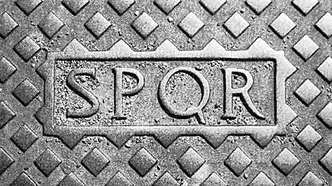 The Roman roots are still at the core of modern day Rome---even the man hole covers, emblazoned with S.P.Q.R., the ancient Latin abbreviation for the Senatus Populusque Romani (the senate and people of Rome). Modern day Romans insist that the letters really stand for Sono pazzi questi Romani. (They're crazy, these Romans). Buon compleanno, Roma! --Jerry Finzi Please, stop by our SURVEY and spend 60 seconds telling us how we could make our blog better! Grazie! You can also follow Grand Voyage Italy on: Google+ StumbleUpon Tumblr 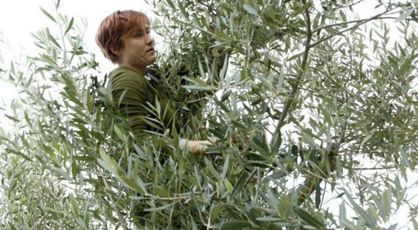 Olive harvesting Olive harvesting Many people have dreams of spending their Italian vacation on a farm... seeing cheese and wine made, perhaps learning how to make pasta, milk a goat or make fresh sausage. Of course, you can always spend your vacation on an agriturismo in the region of your choice. An agriturismo will typically have fairly posh and comfy apartments or rooms, wine tastings (for extra $$$), cooking lessons (again, more $$$) and even their own restaurants on site--some include meals, most don't. You can find some that are historic and agriculturally oriented, but many are simply overly developed investment hotelier or B&B properties often owned by non-Italian investors and staffed by young, inexperienced hotel staff. The wine and olive oil they produce and sell to tourists are not known to be high quality. If you research meticulously, you can find some that are actually working farms run by the same family that lives and works on the farm. But there is another way to have an authentic, hands-on experience with Italian agricultural organic techniques, food-to-table, and Slow Food movements.... WWOOF is a worldwide movement linking volunteers with organic farmers and growers to promote cultural and educational experiences based on trust and non-monetary exchange--yes, people work for free--but they gain a whole lot more than money in these experiences. The goal of the organization is to help spread the message of building a sustainable global community. As the average age of farmers is 55, the world needs more young people to return from the big city job centers to sustain farming--especially organic methods--and carry on the skills and craftsmanship needed for smaller, owner-operator farms to survive. Many young Americans see this as an opportunity to learn authentic skills that they can use to start their own green enterprises at home. 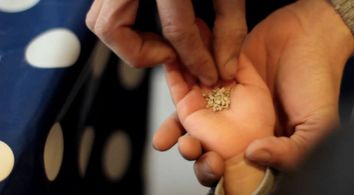 Planting the seed of knowledge Planting the seed of knowledge What is WWOOFing? WWOOF stands for World Wide Opportunities on Organic Farms, but the concept of having a working vacation on farms has been around for a while under the older Willing Workers on Organic Farms, where city dwellers in the UK volunteered on organic farms in the countryside. Always wanted to work on a farm? Want to learn some skills to help start your own organic farm? Want to learn the Slow Food method of growing and then producing your own artisanal food products? Read on... you might have just found a great way to have a very valuable experience... 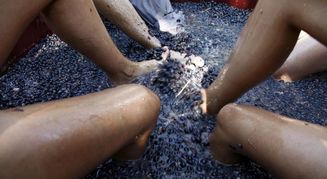 Crushing grapes the old-fashioned way Crushing grapes the old-fashioned way There are WWOOF farms in many countries around the world... and luckily for the Italophile interested in honing their organic skills, Italy has many opportunities, too. Membership for one year is €35. There are over 650 WWOOF host farm members in Italy in many areas of specialty: cheesemaking, olives and olive oil production, vines and wines, sheep & herding, goats, almonds, fowl (chickens, ducks and others), cows & milking, pigs & sausage, butchering, beekeeping, hay & cereals and vegetables of all kinds. In addition, some offer opportunities to learn construction trades relating to farming... carpentry, masonry, historic restoration, blacksmithing and more. 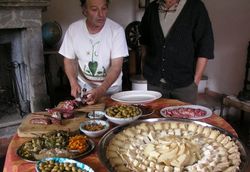 The meals can be fantastico! The meals can be fantastico! Volunteers stay in a variety of accommodations from tents to castles, Trulli to masseria farm complexes, converted barns and shared dorms. There are even those that welcome entire families with programs for children. The WWOOF site has an excellent keyword driven search engine that can help you locate a perfect match for the skills you are interested in experiencing first hand. Click for a LIST OF WWOOF Farms in Italy. To register for a WWOOF experience, SIGN UP HERE. When my father was a young immigrant man in Hoboken, NJ, he and his brother pooled their meager resources and bought what Dad called their "three legged horse" and cart. Because the horse was lame in one leg, they got a great deal on him. Apparently, the cart wasn't in great shape, either. But this allowed them the opportunity to take their cart down to the docks and sell fruit and vegetables to the sailors coming off the many ships docking in Hoboken at the time. They didn't make a lot of money, but it helped them survive...
In the same way many immigrant men started their own small street vendor businesses, that in many cases eventually evolved into brick and mortar shops where their entire family worked, or they would hire compatriots as they also emigrated from their home villages in Italy. Eventually these clusters of vendors, shops and tenements became the Little Italys of America, merging Italians into becoming true Americans. Italians didn't arrive with much money, but they did come with many varied skills: tailors, cheese makers, butchers, bakers, carpenters, masons and much, much more... --Jerry Finzi 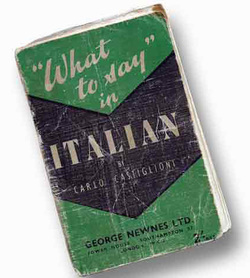 Before our voyage to Italy, we tried a couple of different methods to learn Italian. Our first was a Pimsleur set of CDs that we had for several years (we had planned to go to Italy once before but had to cancel at the last minute). These are excellent CDs which guide you through conversational Italian lessons, grouped by specific subject.... transportation, shopping, food, meeting people, etc. My wife, Lisa, also bought a subscription to Rosetta Stone, both on our PC and our smart devices, but their approach was not that effective with us... you look at pictures and hear only Italian, supposedly the way a baby learns a language by associating a word with what it is looking at. For us, it didn't work well. And besides, once we finished the first bunch of lessons, they wanted more and more cash to keep unlocking more chapters. A good idea to try is making a list of phrases that you want to focus on--business versus casual stuff, or specific for kids versus the needs of seniors. Categorize these by subject on paper or in MS Word first, then you can then go to Google Translate and enter them in one by one, saving each (pressing the Star) as you go along. In this way you can build your own personal database of your most important phrases listed by category. This would be useful to look up phrases before you get into a taxi, for example... scroll down to your section on travel phrases and look for the right one. I had sections for shopping, accommodations, train travel, food and restaurants, etc. Lucas, Lisa and I would have fun sessions testing each other. I even had a section with translations for curses and other phrases I'd need to use in an emergency. For instance, if I felt threatened, if I wanted to get rid of a panhandler, and other distasteful situations.... like "Va Via!" (hit the road). I even had a nice group of curse words and phrases in there. This actually worked several times to get rid of nefarious types. Imagine going to a doctor or pharmacist, and think about what you might need to ask or explain. I would need to know how to ask for an inhaler for my asthma, anti-inflammatory for arthritis or even something as simple as lip balm. I needed to know how to let someone know that my son was lost, sick, hurt and where his pain was located. A Google Translate Phrasebook can be endlessly customized to you and your needs. After you fine tune your own Phrasebook, Google Translate can output a spreadsheet into Google Docs for you, which you can always access online or download document file copies onto your devices for when you can't get an online connection. See mine below... I copied it my Phrasebook doc onto my Kindle and phones as a ready reference file. I remember studying it right before important events as we were traveling. It helped me retain mainly the phrases and words that I knew for sure I'd need to use that day. The only warning I'll give is to use a single device when creating your personal phrasebook. It seems that each device saved its own version of the Phrasebook. At the beginning I would use the PC for some translating and my Kindle for the rest. Each list was different. I would have saved a lot of time typing in the list from one to merge into the other if I knew about this ahead of time. As I researched our Voyage to Italy, I kept Google Translate always open in a browser tab. I could easily pop over to the tab, cutting and pasting Italian phrases that I found on Italian web sites (ones that offered ny English translation), or the reverse... typing in an English word or phrase to see the translation, then using the Italian phrase to find what I was looking for on an Italian website. You can also hear the translation spoken by clicking the speaker icon on the bottom left of a panel. The only trouble is, the voice is female. There is no way to change the voice on Google Translate. Each language has it's own voice.... some are male, some female. Here is part of my own list I created of phrases and words I knew I might need... Even though I'm back in the States, I still use Google Translate every day. I keep adding to my Phrasebook--it helps to keep practicing. I often use it to help communicate with my new Grand Voyage Italy friends in Italy... I just need to keep what I need to say jargon-free and say everything in simplistic ways, otherwise the translation might sound odd to a real Italian.
After all, we want to go back to Italy someday... in una data futura... Ciao! --Jerry Finzi Please, stop by our SURVEY and spend 60 seconds telling us how we could make our blog better! Grazie! You can also follow Grand Voyage Italy on: Google+ StumbleUpon Tumblr Pasta alla Carbonara is something we never ate before Italy. When we had it, we loved it. It seemed difficult to get a bad plate of it. When we returned, I researched a few recipes online and made adjustments based on my memories of how it tasted on our voyage. First, some history. The name comes from a dish made in the Appenine mountains by charcoal makers. They cooked the dish over a hardwood charcoal fire and used penne rather than spaghetti because it is easier to toss with the eggs and cheese. "Alla carbonara", literally means "in the style of a coal worker". Some even say that the addition of coarsely ground black pepper resembles coal flakes. It's a fairly simple to make a basic carbonara... some sort of pasta that holds sauce well, but has lots of surface area that will temper the eggs quickly without actually cooking them. Spaghetti, bucatini (a hollow spaghetti) and linguini work well, but to remain authentic you might use penne rigati--the ridges would hold the sauce well. Next, you need something smoky and salty... bacon and cheese. Romano is great. Any kind of bacon or ham works... Pancetta, Canadian bacon, prosciutto, even Black Forest ham. I tend to use cut up pieces of Boar Head brand's Piccolo Prosciutto, sauteed a bit in a pan before time. You can add some diced onion at the beginning too. Then there's the level of spice. Ground black pepper is classic. Slice up some garlic and heat that up at the end and you'll be in heaven. Some pepper flakes added when sautéing the bacon will add heat. Be careful of salt though. The grated cheese and bacon will have enough salt. The main trick is NOT adding the egg mixture (beaten eggs and cheese) to the hot pan. Instead, after draining the pasta--immediately after when it's still steaming--toss the pasta with the egg mixture in a bowl until creamy. This is enough to lightly temper the eggs without actually cooking them. Another addition could be reducing some cream, half-and half, or even skim milk added toward the end and reduced and thickened, but this is not a classic technique. A traditional carbonara is made creamy with just the eggs and cheese. Another variation on this would be to use some chicken broth instead of the cream. I suggest trying a basic recipe for carbonara before getting fancy. It's a pretty simple dish, but the timing is key. And if you insist on making it the way many TV chefs do--in the hot pan--at least remove the pan from the heat for a minute or so before adding the egg... Enjoy the video of Chef Antonio Carluccio from BBC's Two Greedy Italians making his authentic version! Buon appetito! --Jerry Finzi Please, stop by our SURVEY and spend 60 seconds telling us how we could make our blog better! Grazie! 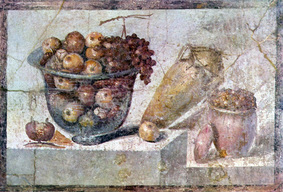 Roman Tromp L'Oeil fresco Roman Tromp L'Oeil fresco The art of Trompe L'oeil (fool the eye) has been around for at least two thousand years... as evidenced by frescoes and mosaics from Pompeii and Herculaneum. Artists have always attempted to make their works seem as realistic as possible--of course, it all depends on the skills of the artists' hands and eyes, some being better than others. When they added realistic shadows, cast from the same direction as the real world light in the viewing room, the effect was magical. When they would put a life sized mouse running along the edge of the floor, the reality effect was enhanced. If they made some elements like grapes or vines seeming come right out of the frame and onto the wall, you felt like you could reach out and touch and feel what your eyes perceived. While Tromp L'Oeil usually keeps the objects the same size as the item is in real life to trick the eye into thinking the two dimensional objects are really three dimensional things coming out of the painting and into our real world, modern day Photo Realism or Hyper Realism painters of today have a different goal: to fool the viewer into thinking that they are not looking at paintings at all, but photographs or digital captures of real life. 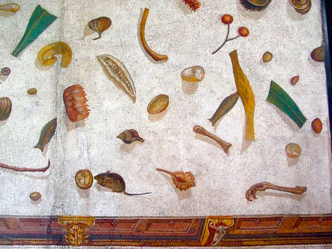 A "unswept floor" Trompe L'oeil mosaic from Pompeii A "unswept floor" Trompe L'oeil mosaic from Pompeii I find it curious that photography has become the symbol of "reality" rather than real life. When photography was in its infancy, artists were in an uproar (especially portrait artists) because they were losing assignments to people who they claimed were not artists, but merely technicians clicking the shutter on a machine. In no way could photography become a true art form. It's amazing to see how photography has become both a form of artistic expression and a way to capture reality as if the viewer was looking through a window at the real life scene. It's also curious how it has come full circle and painters are now imitating photography. In any event, I've collected a small sampling of Hyper Realism paintings of food relating to Italian cuisine... Enjoy... --Jerry Finzi Deep in the Salento, the part of Puglia that shapes the heel of Italy's boot, you will find incredible natural beauty, a mostly rocky coastline with intermittent sandy beach coves, incredibly clear water and many sea caves. One of the most majestic and compelling is the Grotte della Poesia (Caves of Poetry) in the small town of Roca, a 100 foot wide sinkhole at the edge of the sea. Roca is positioned in between San Foca and Torre dell'Orso about 35 miles south of Brindisi. Both San Foca and Toree Dell'Orso have several large beach resorts and are very crowded, especially in the month of August when Italians flock to the Salento for their summer holiday. But if you look past the rows of umbrellas, cabanas and beach chairs, you'll find both nature and ancient history here. Grotte della Poesia is said to have been a favorite swimming spot for an ancient princess, the sight of her swimming there inspired poets--thus the name Caves of Poetry. But visitors nowadays come mainly to take leaps from its 15' cliffs into the clear waters, to scuba dive, swim from the sinkhole through an underground sea cave and back out to the sea. You can even rent a boat from nearby San Foca to get up close and personal to all the cliffs and grottoes in the area.
Voyagers also come for the archeological sites along the coastline. On the north side of the cove adjacent to the Grotte, you will find the archaeological site of Roca Vecchia, which is similar to Egnazia--an ancient town right at the edge of the sea. There is evidence of humans living here since the Bronze Age, along with the remains of massive walls from the 4th century BC, all the way up to structures and medieval walls dated to the fourteenth century AD. The site was used almost exclusively for the purpose of worship before the construction of the city itself. Rare inscriptions, animal sacrifices and other inscriptions have been found in a smaller sinkhole next to Grottta della Poesia with the name Little Poetry. You can wander through the old walls of the past and then head over to the Grotte for a swim and lots of sun. If you enjoy beach resorts, there are plenty to choose from, otherwise you can rent a bare boat charter for visiting the area, or rent an apartment or hotel room in either nearby San Foca or Torre Dell'Orso, the former being a well-equipped port town with shops, restaurants and markets. Or stay in or near Lecce as your hub... often considered to be the "Florence of the South" with it's 17th century baroque architecture.
In any event, taking the time to discover the rugged, natural coastline of the Salento will give you the experience of a lifetime... Buon viaggio! --Jerry Finzi You can also follow Grand Voyage Italy on: Google+ StumbleUpon Tumblr 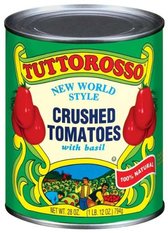 Here's a variation of a pan pizza that I made last night for our Saturday Night Pizza. The crust is pretty much the same as in my article Nostra Cucina: Deep Dish Chicago Style Pizza Recipe - the Upside-Down Pizza except that I used a ratio of 1/3 Bread Flour, 1/3 All-Purpose Flour and 1/3 White Whole Wheat Flour (all King Arthur brand). The addition of All-Purpose flour in this recipe makes the crust a bit... well, crustier... while still having a nice bready interior. The sauce is a very simple recipe: 1 - 28 ounce can of Tuttorosso Crushed Tomatoes with Basil (my new favorite) 2 tsp sugar 2 tsp dried basil 2 pinches sea salt 2 tablespoons extra virgin olive oil 3 cloves diced garlic cloves 1/4 tsp hot pepper flakes (pepperoncino) Heat all the ingredients for 10 minutes, then set aside as you make your pizza. This makes enough sauce for 4-6 pizzas and could also be used on pasta. The toppings were simple enough. Sauce first, then spread grated, smoked mozzarella (I like the drier, packaged type for use on pizza... like Boar's Head brand), then place paper thin slices of zucchini all around the perimeter (I used my mandoline). Cut up some thinly sliced Piccolo Prosciutto (Boars Head brand) or Speck into 1" x 2" strips and spread on top of the pizza. Drizzle with EVO. The pizza baked in my oiled, 16" deep dish, dark pan for 15 minutes at 425 degrees F. The oven had been preheated with my pizza steel on the middle rack. At the end of baking, when the crust looked nicely browned underneath (I checked with a spatula), I turned the oven to broil for another 2 minutes. Cool for several minutes before slicing. Buon appetito! --Jerry Finzi You can also follow Grand Voyage Italy on: Google+ StumbleUpon Tumblr 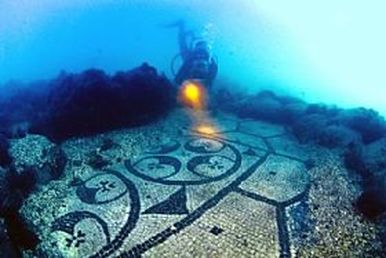 Well away from the throngs of tourists in other parts of Italy, the tiny double island of Gaiola just west of Naples is abandoned and ghostly. There are many legends about the place being cursed. In the early 1800s, the island was inhabited by a local hermit who everyone knew only as "Il Mago" (the Wizard). As most hermits, he lived a troubled, lonely life, existing on handouts of fish from local fishermen. Without warning, he mysteriously disappeared. It's not known if he cursed the island, but many unfortunate things came to pass for people who lived on the island or owned the island. There is a small villa on one of the islets that has been occupied by many different types of people: A famous author, a Swiss businessman, a German investor, a pharmaceutical magnate, a steel baron, the Head of Fiat, billionaire J. Paul Getty, and an insurance company CEO. All met with strange fates either while on the island or shortly after purchasing it. Here's just a few of the cursed events:
For for SCUBA divers and and snorkelers alike, Gaiola is a wonderful haven. They are a part of the Gaiola Underwater park, a 100 acre marine preserve meant to protect the diverse marine ecosystem here as well as ancient underwater Roman ruins. Underwater ruins are scattered around the crystal clear waters. Some of the marine creatures here are found nowhere else on Earth. Consider the excitement of snorkeling among the underwater ruins of an ancient Roman temple. Gaiola was originally known to the Romans as Euplea, which was the protector of safe navigation, and was home to a temple erected to honor the goddess Venus. Other Roman ruins are also found here... just under the surface of the sea are the ruins of an ancient Roman harbor. If you look at Gaiola from space via Google Earth, you can easily see the outlines of ancient structures. There is also a legend that claims the poet and wizard, Virgil, taught his students on the island. Perhaps their incantations and poetry can still be felt and heard in the crashing of the waves and sounds of the winds... To find out more about visiting or snorkeling Gaiola, click here... Gaiola Underwater Park.
--Jerry Finzi You can also follow Grand Voyage Italy on: Google+ StumbleUpon Tumblr
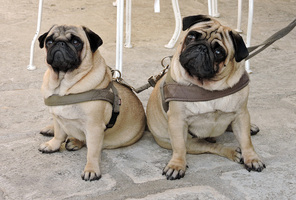 The Matera Twins The Matera Twins Then one night driving back to our Cosona agriturismo in the dark of night, my headlights came upon a heard of sheep huddled near the roadside. I stopped to take a photo and out of the darkness we heard growling and barking from two sheep dogs. They were the white fluffy type--which are raised with the sheep as puppies. They think they ARE sheep, and do anything to protect their flock. Again, no shepherd, just the dogs doing their job. Most dogs in Italy are just pets. City dogs are usually tiny and leashed or carried. Many are cute. Lucas had a great time getting to know some of them. One of his favorites are the pugs we met in Matera we call the "Twins", although the owner said they weren't related. I imagine their real names are Francesco and Marcos. They look very Italian with their old man, social club, people-watching persona. 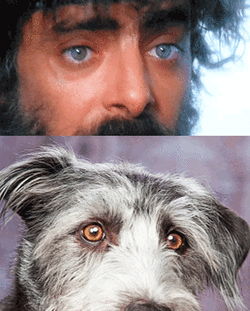 "Swept Away" by Giancarlo Giannini puppy eyes "Swept Away" by Giancarlo Giannini puppy eyes In towns and cities you see many small lap dogs--small like everything else in Italy, perhaps due to the small apartments and homes. These dogs have personalities similar to the owners--some vibrant, others sweet and lazy, a few fat, all have an eye out for trouble, many are stubborn but all with those deep, passionate Italian eyes--like Giancarlo Gianinni has. However, I did see few owners of incredibly cute fluffy dogs treat them badly--smacking, hitting and even kicking to stop bad behavior. (Dog Whisperer where are you?) There was one "lady"--a mom--we saw in Vinci while having gelati... she was gabbing to her friend as she was walking and tripped over her little white dog, threw a fit and smacked him for tripping her! Even her kids had that same tail-between-their-legs look about them. Some people!
 In Italy dogs are pretty much allowed everywhere--even in cafes and restaurants. There are some rules, although I don't think anyone cares about rules for dogs. For example, many towns have some pretty serious dog poop problems. I stepped in dog poop a few times, Lisa only once, but Lucas was luckier--few people seem to pick up after their pets. I've read that in cash strapped Naples, one new scheme for drumming up money is to start keeping a DNA database of dogs and then testing DNA in dog poop so they can hit owners up for fines as high as 700 bucks! No kidding. (Check it out here.) If they can't get the city workers to pick up the garbage, how are they going to get anyone to pick up after their dogs? People don't care because the government allows their city to remain filthy. And how many poop DNA inspectors would they need to hire? How are they going to get DNA samples of each and every one of the estimated 80,000 dogs pooping on the streets of Naples? How about trying to stop the humans in Naples from peeing on the streets? That would be progress indeed! 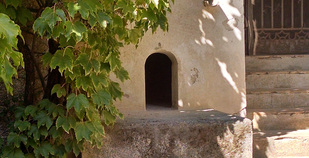 Dog villa at Villa Rufulo in Ravello Dog villa at Villa Rufulo in Ravello Dog houses. I didn't see any like we have in the States, but I did see masonry ones. A dog has a nice life when he has fancy villa style digs in the courtyard of a villa or castle. It might be cold inside, but then again, this is Italy where a cool floor might help a dog get by during the Dog Days of October... --Jerry Finzi You can also follow Grand Voyage Italy on: Google+ StumbleUpon Tumblr Copyright 2016, Jerry Finzi/Grand Voyage Italy - All Rights Reserved
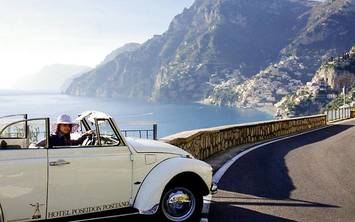 We all have bucket lists. Some are very long, containing a list of odd, exotic or strange things, many of which we'll never get a chance to do--sad, but probably true. Some of my bucket list items I've already done: I found a great lady to share my life, a fantastic, sweet son, too. I've scuba dived with colorful fish, shark and barracuda. I've been to see the Glacier up near Mont Blanc. I've seen fireworks on Bastille Day in Normandy and Fireworks from the harbor in Manhattan. I've driven all sorts of cars, motorcycles and boats--including a vintage 60 foot tugboat. I've jet skied under the George Washington bridge. I've learned how to make the world's best pizza at home. (Lucas tells me so.) I've also done some of my bucket list items in Italy: drove the Amalfi Coast, hot-air ballooned over Tuscany, I've blessed myself in the waters of Molfetta where my father was born. I missed a few too... just not enough time to rent a boat in Amalfi, didn't get to see the David in Florence. There are many things that would be great to include on a bucket list for Italy. I thought it would be fun to explore some ideas...
I hope you will be as lucky as I have in doing just a few of the things on this list... Make your own list and then set about trying to get them all done, and I highly recommend making Italy a part of the things in your bucket...
--Jerry Finzi You can also follow Grand Voyage Italy on: Google+ StumbleUpon Tumblr 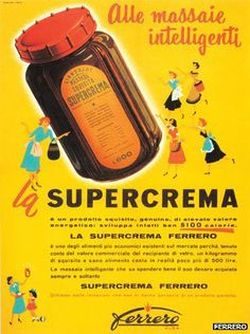 Supercrema ad Supercrema ad Lucas has developed a particular Italian habit since voyaging through Italy: Every few days he craves a Nutella breakfast... a couple of Mom's waffles from the freezer, toasted and spread with that oh-solo-mio good chocolate-hazelnut buttery Nutella. He's not alone. Nutella may have been born in Italy, but it's a product beloved by people all around the world. It was Pietro Ferrero, a baker in Alba, Piedmont, the hazelnut capitol of Italy, who first created the solid Pasta Gianduja in 1946. This was the precursor of a much more creamy version he called Supercrema in 1951. By 1963, Ferrero's son Michele tinkered with the Supercrema recipe and developed what we now know as modern Nutella. It's popularity spread (pardon the pun) swiftly within a year throughout Europe. Today many people around the world are over the top nutty over Nutella. For instance, recently in a family court in Valenciennes, France, a sensible judge ruled that a couple could not call their 4-month-old daughter "Nutella" because it was contrary to the girl's interest and "can only lead to teasing or disparaging thoughts." Since the otherwise excellent parents failed to show, the judge legally renamed her "Ella." (In France registrars must pass names of newborns before a judge to rule if the name is against the child's interests. I suppose it was best that I didn't name Lucas "Pizza"!) Now many people think of Nutella as a totally healthy snack food. Think again. The main ingredients of Nutella are sugar, palm oil, hazelnut, cocoa, and skimmed milk (the latter being the only truly healthy ingredient). Ferrero uses so much hazelnuts that fully 25% of the world's supply is used to produce Nutella. Two tablespoons of the stuff contains 200 calories--99 of which come directly from saturated fat (palm oil is a real no-no for heart health). Here's a breakdown: 10.5 % saturated fat and 58% processed sugar. Each two tablespoons contains 11 grams of fat (3.5g saturated), 21 grams of sugar, 15 mg of sodium, and a mere 2g of protein (from the hazelnuts, which are also high in fat). Now don't get me wrong, we use Nutella in our home. We like it, although I stay away from it (chocolate isn't good for me). But it has to be used in moderation. That's why I don't let Lucas eat it more than twice a week for breakfast... and even then, on only 1/2 of one of Lisa's leftover waffles that we keep in the freezer. In fact, Ferrero was party to a class action suit for false advertising in the U.S. for claims that Nutella had health benefits and was "part of a nutritious breakfast". In 2012 Ferrero paid a $3 million settlement (up to $4 per jar for up to five jars in returns by customers). 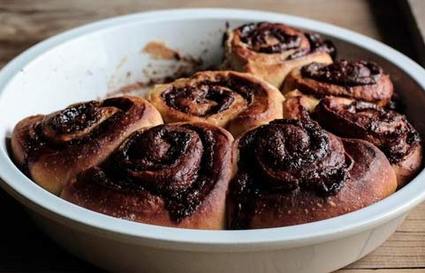 Because of this, Nutella is one of what we call "Once in a Blue Moon" foods in our pantry. I came up with the concept when Lucas was a toddler. We don't do fast food restaurants and try to make our meals from scratch at home. So, if you want to try using Nutella "Once in a Blue Moon", here are some recipes I collected for you to try: Nutella Espresso Rolls (from A Pastry Affair) Yields 9 rolls Espresso Dough 1/2 cup (118 ml) milk, barely warmed 2 tablespoons butter, melted 1 1/2 teaspoons active dry yeast 2 teaspoons espresso powder 3 tablespoons granulated sugar 1 large egg 2 cups (250 grams) all-purpose flour In a large mixing bowl (or bowl of a stand mixer), sprinkle the yeast over the barely warm milk and melted butter and allow to sit about 5-10 minutes until activated (looks frothy). Mix in the espresso powder, sugar, and egg. Gradually add in the flour, mixing until the dough comes together. If the dough is too dry and will not come together, add small amounts of water until it does. Conversely, if the dough is too sticky, add flour until it becomes workable; however, do not add too much flour or the bread will become dense. Turn out the dough on a lightly floured surface and knead the dough for 7-10 minutes, or until elastic. Alternatively, using the dough hook on a stand mixer, knead the dough for 7-10 minutes, or until elastic. Cover dough with plastic wrap or a kitchen towel and let rise until doubled in a warm place, about 2 hours. Nutella Filling 1/4 cup (50 grams) brown sugar, packed 1 teaspoon espresso powder 1/2 cup (150 grams) nutella In a small bowl, mix together the brown sugar and espresso powder. On a lightly floured surface, roll out the dough to 11 by 15 inch rectangle. Spread the dough evenly with the nutella, leaving a 1/2-inch border around the edges Sprinkle on the brown sugar mixture. From the longer end, roll the dough very tightly until it forms a log. Cut off the ends of the dough and cut the log into 1 1/2-inch segments. Place the rolls into a 10-inch round pan. Cover and allow the dough to rise until it doubles in size, about 45 minutes to 1 hour. Alternatively, you can also make the rolls the night before and allow them to double in size in the refrigerator overnight. Preheat the oven to 375 degrees F (190 F). Bake for 15-20 minutes, or until the tops are golden. Serve hot.
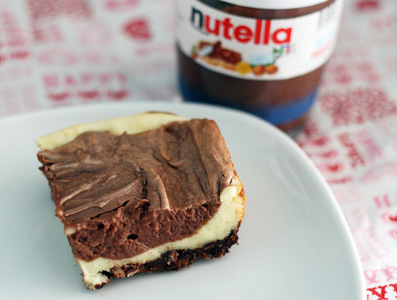 Nutella Cheesecake Squares (from Coconut & Lime) Ingredients crust: 1/2 cup old-fashioned rolled oats 1/4 cup flour 1/4 cup cocoa 1/4 cup dark brown sugar 1/4 cup butter, melted 1/8 teaspoon salt filling: 16 oz cream cheese, at room temperature 1/4 cup Nutella 1/2 cup sugar 2 tablespoons flour 2 large eggs,at room temperature Directions Preheat oven to 350. Grease or spray with baking spray an 8x8 inch pan. In a small bowl, add the butter, sugar, flour, cocoa, oats and salt, mix thoroughly with a fork. Press into bottom of the pan. Use the bottom of a measuring cup to flatten and press firmly. Bake for 15 minutes. Meanwhile, cream together the cream cheese and sugar. Add the egg and flour, beat until smooth. Pour about 2/3 of the batter into the 8x8 inch pan. Add the Nutella into the remaining batter and mix thoroughly. Spread on top of the first cheesecake layer. Bake 25 minutes or until set. Cool in pan on wire rack. Cut into squares. 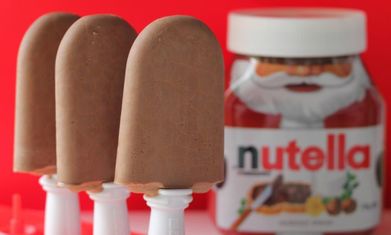 Nutella Fudge Pops (Makes 6-7)
 Some say Italians are strange. Perhaps so, but some of their strangeness might be due the the passionate and often unusual way they live their lives... and end them. Moka espresso pot pioneer and marketer, Renato Bialetti, died in February and was laid to rest. (Read the GVI article HERE) But he was not laid to rest in the way most Catholics are in Italy... With the deceased body being viewed and kissed by all, a procession to the cemetery on the outskirts of town, and the coffin placed into a concrete mausoleum with a photo of the person on the front plaque. You see, Alfonzo Bialetti, Renato's father, was the inventor of the Moka pot, but it was Renato who was the genius responsible for marketing the Moka as the world knows it today. It was his huge mustache that inspired the little character that is emblazoned on every Moka pot sold in the world. He is the one responsible for marketing the Moka to people outside of Italy and Europe. So it should be considered appropriate that as his last, big marketing campaign, Bialetti was was cremated and his ashes were placed in a huge Bialetti Moka pot. The priest from St. Thomas the Apostle in Montebuglio, Lombardy held a funeral mass, swung the incense around the Moka and put Renato to rest. In Italy, there is a lack of space for new burials, but this wasn't the reason for the cremation and placing Bialetti's ashes into a Moka. He will be interred in the family's cemetery plot in Omegna, Lombardy. Renato something knew about great public relations.
We all hope he will rest in eternal peace, that is, if all that espresso doesn't keep him up. Every time we pick up a Moka pot we'll imagine him inside... Jerry Finzi You can also follow Grand Voyage Italy on: Google+ StumbleUpon Tumblr |
Categories
All
Archive
June 2024
|



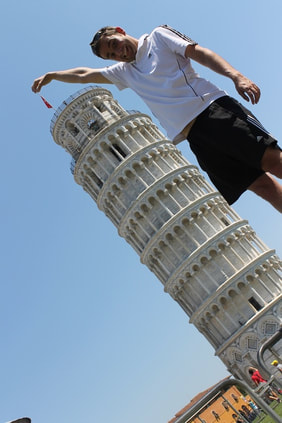
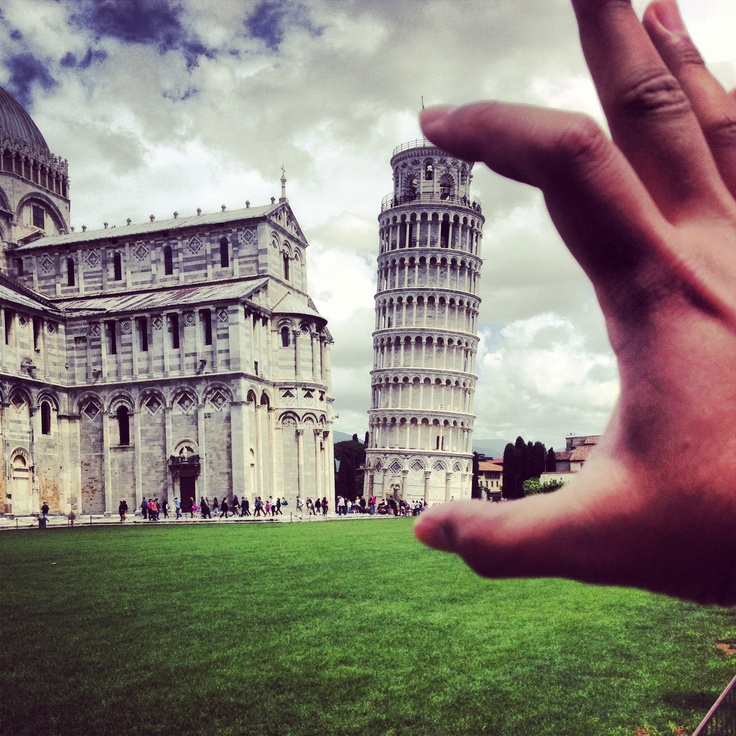
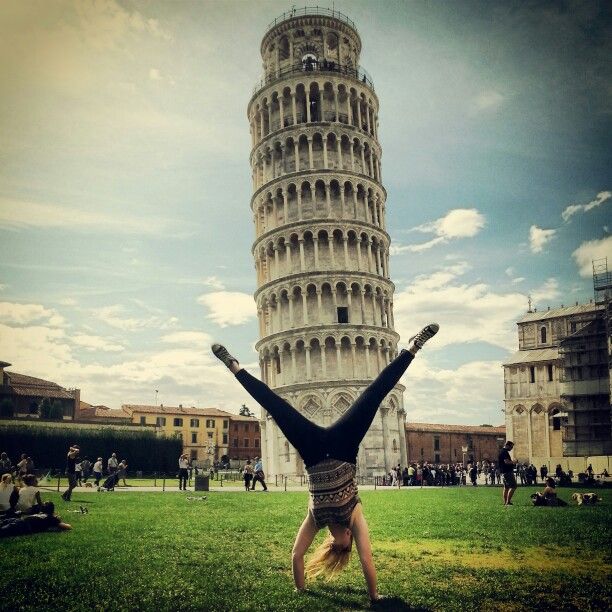
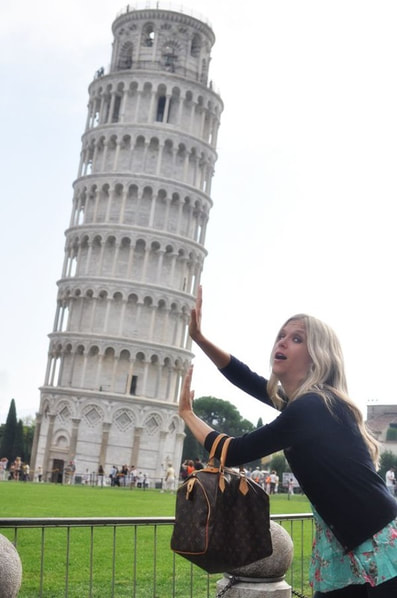
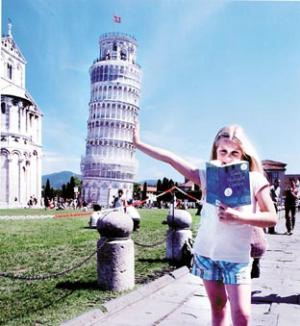

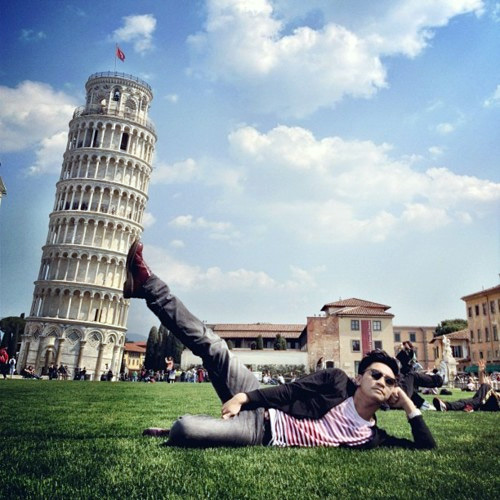
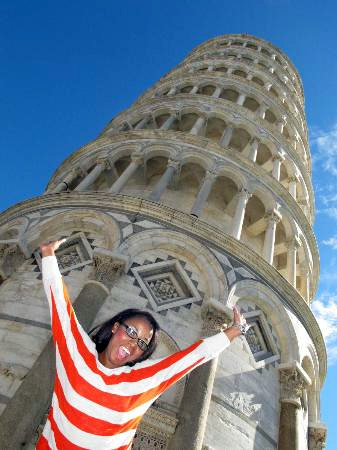
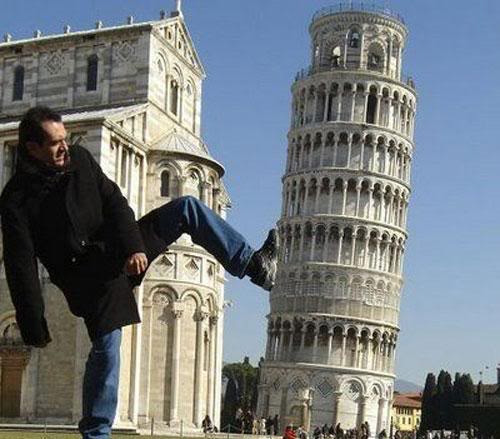
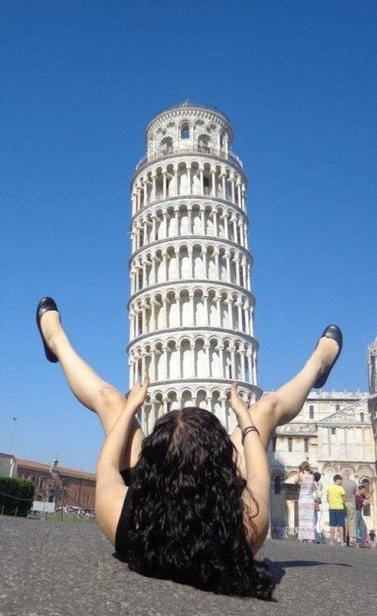
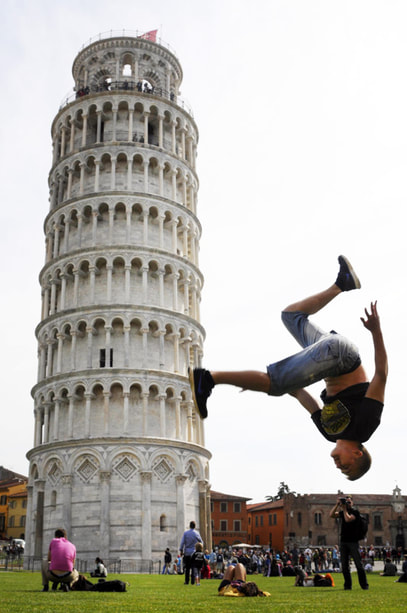
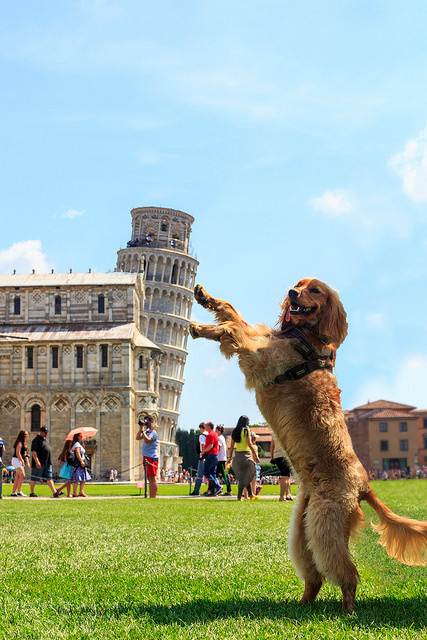
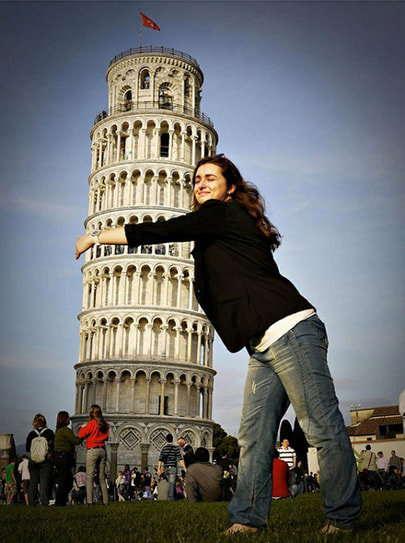
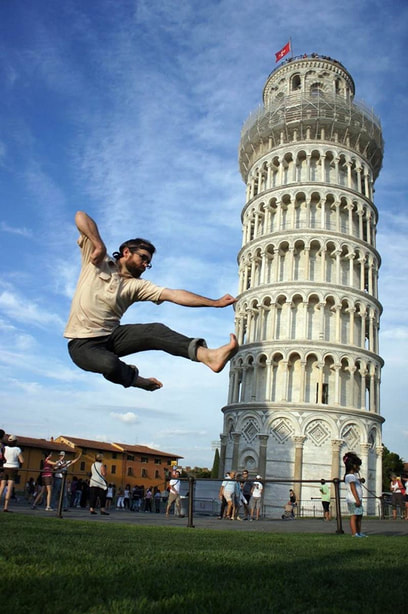
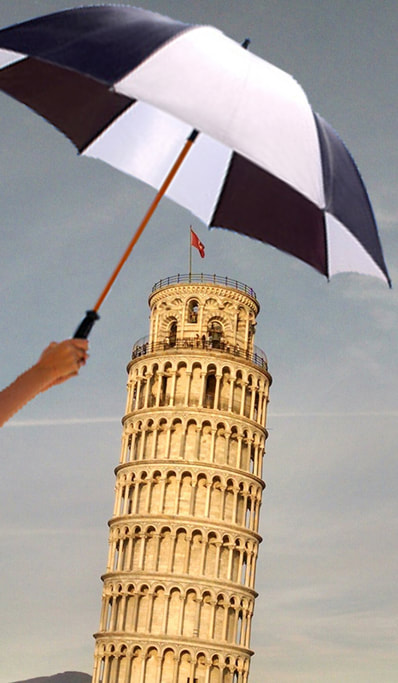
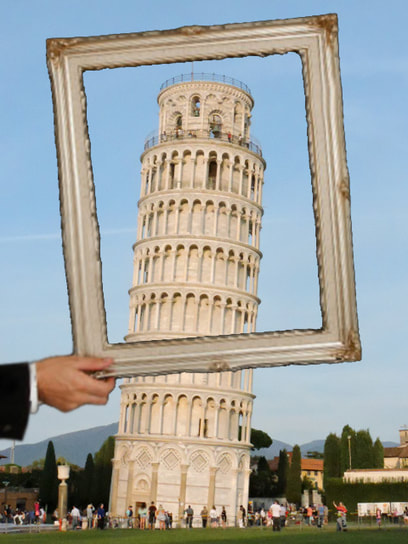
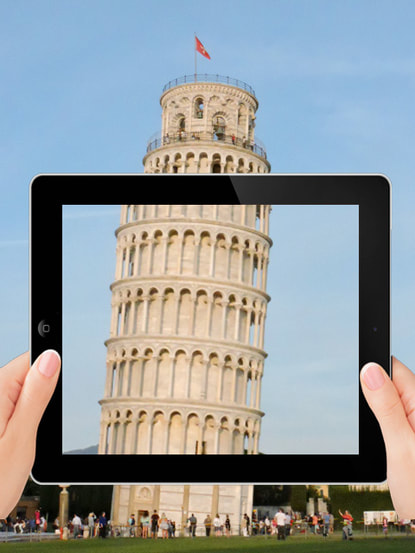
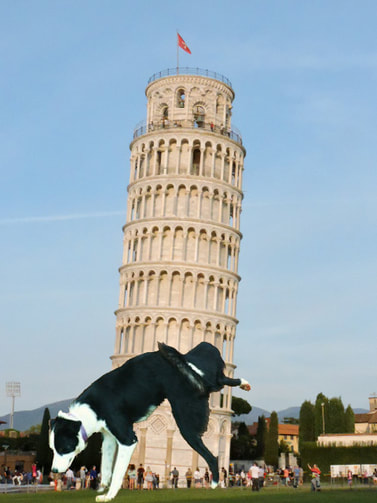
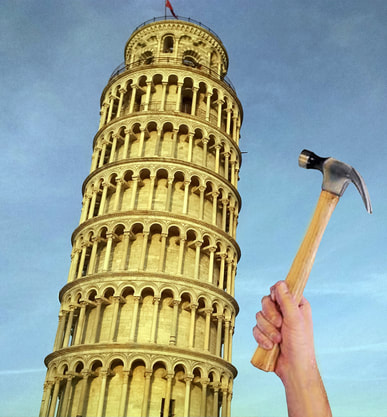
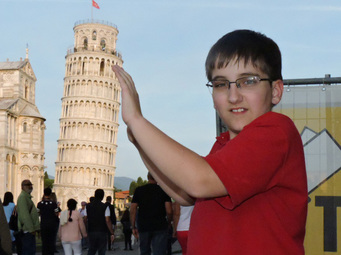
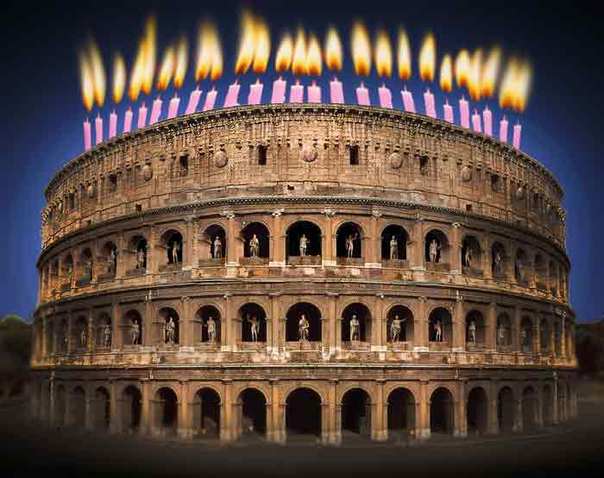
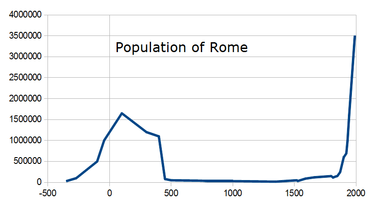
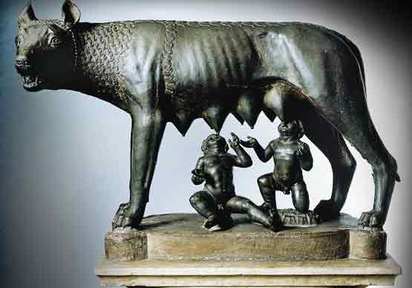
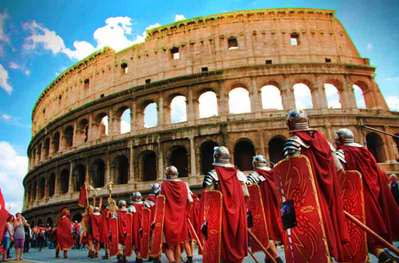
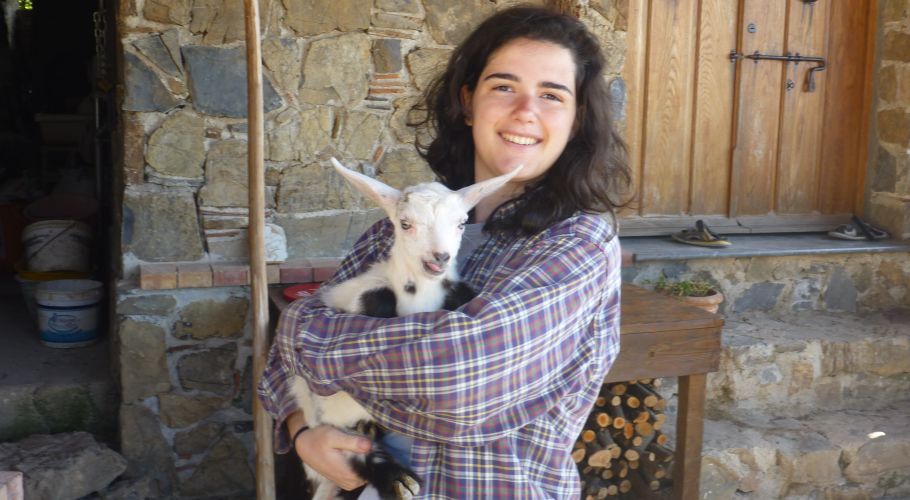
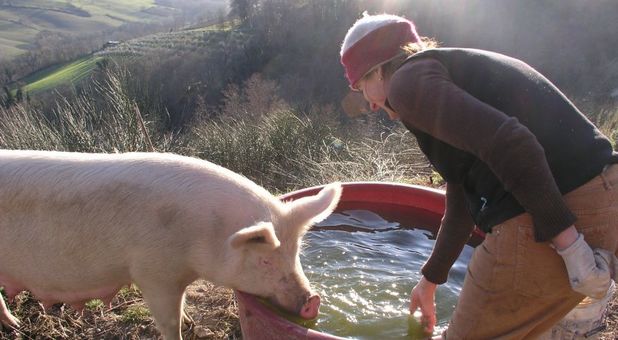
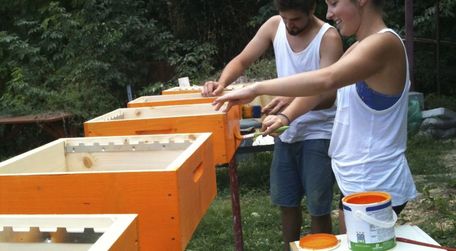
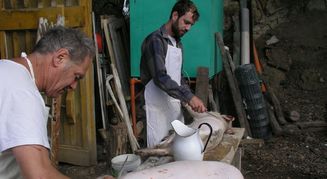
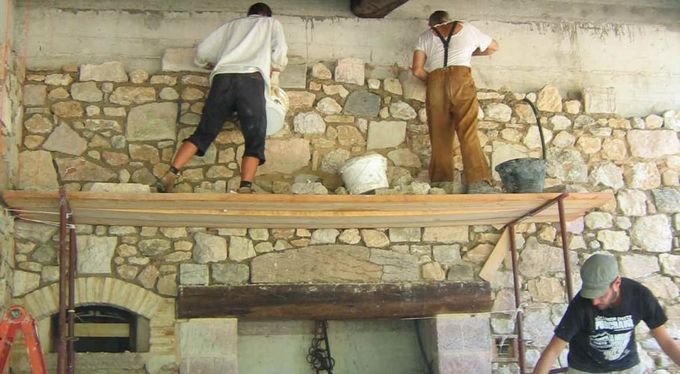
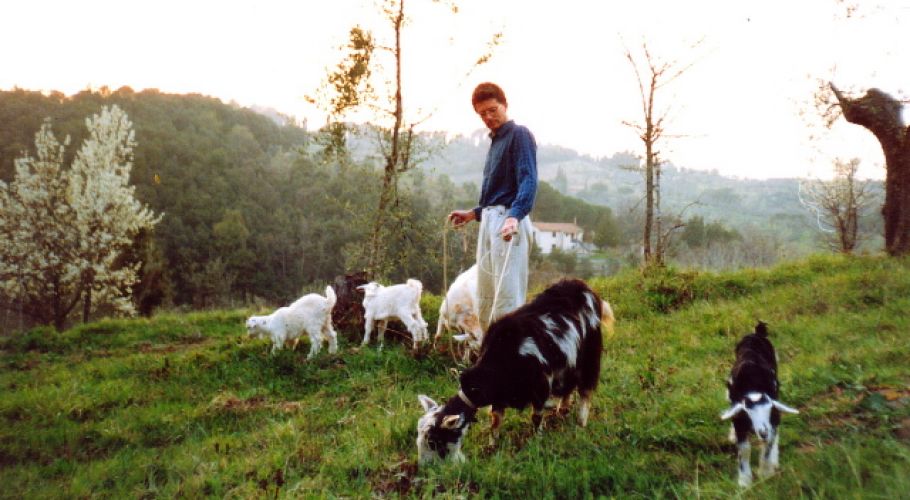
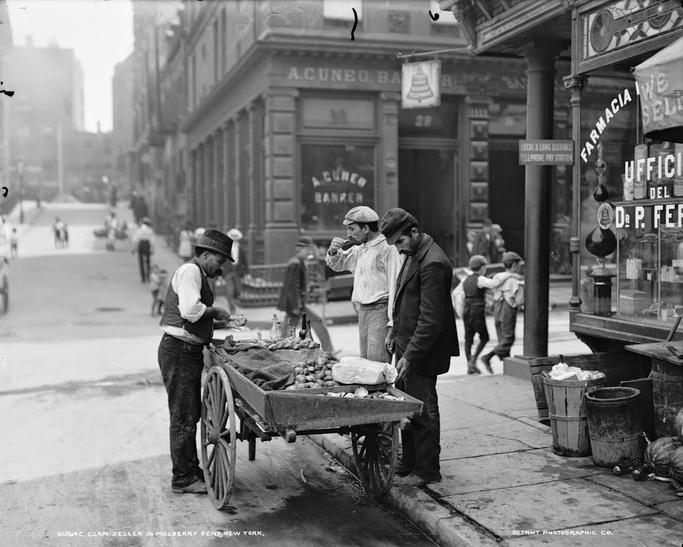

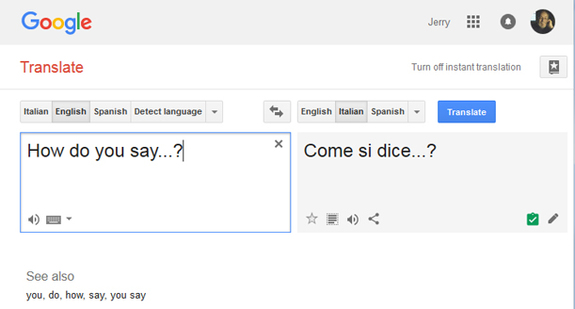
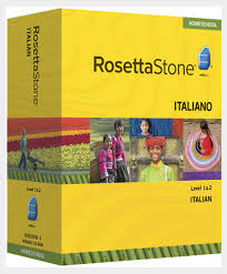
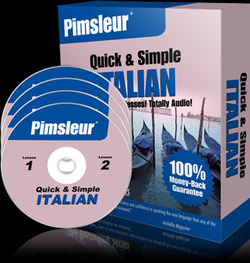
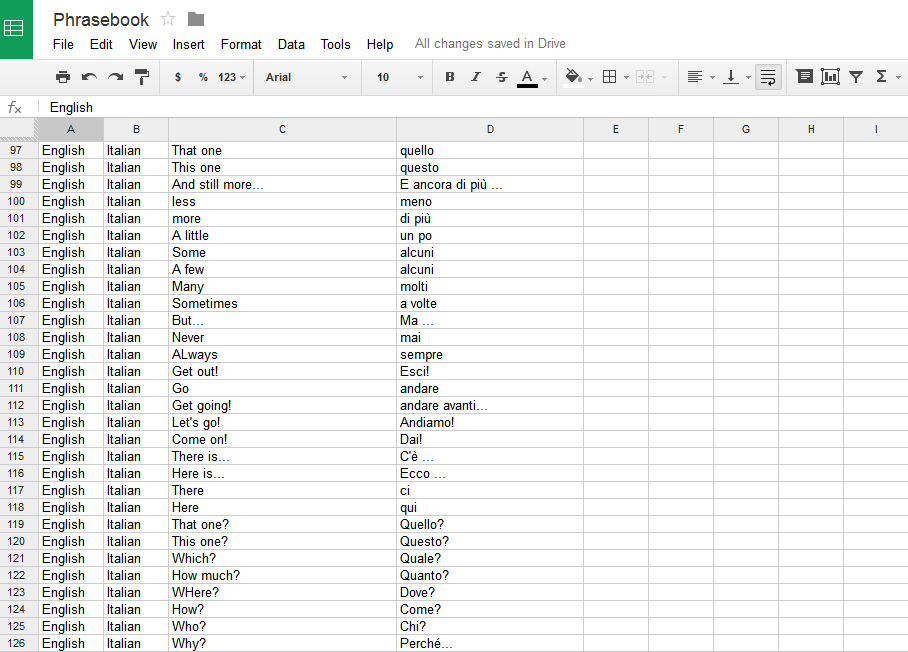
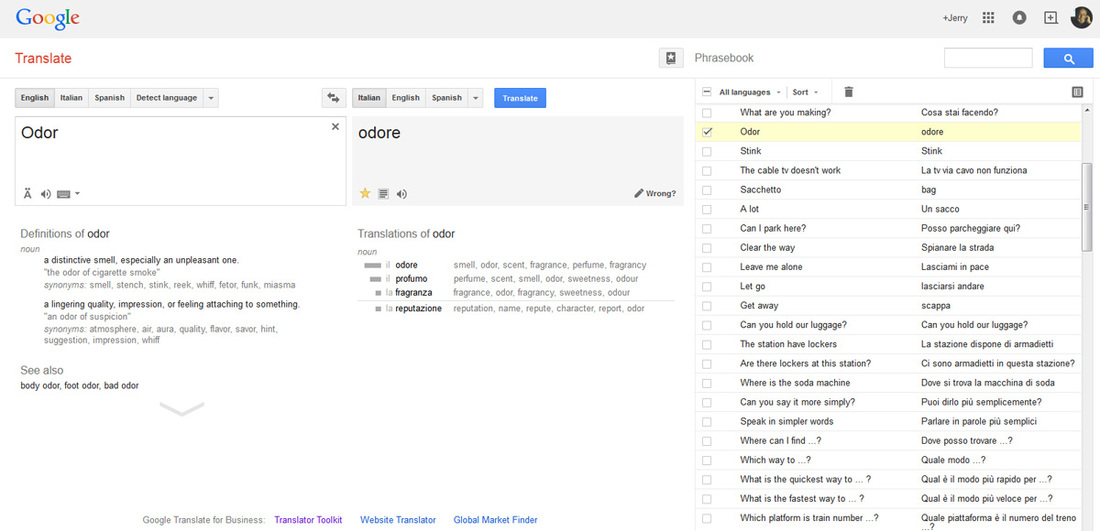
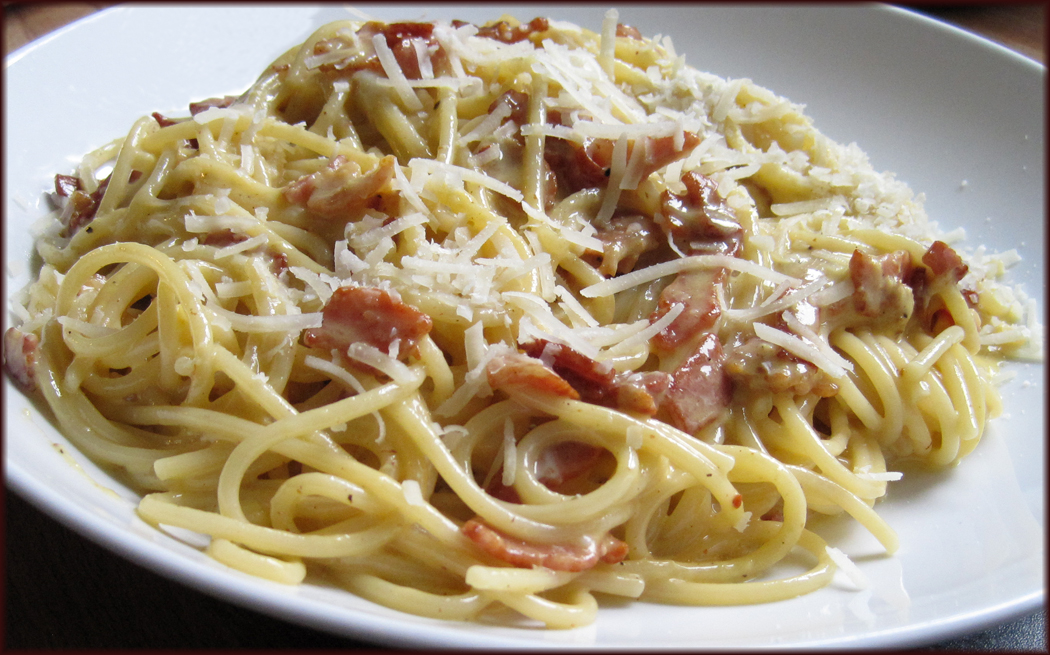
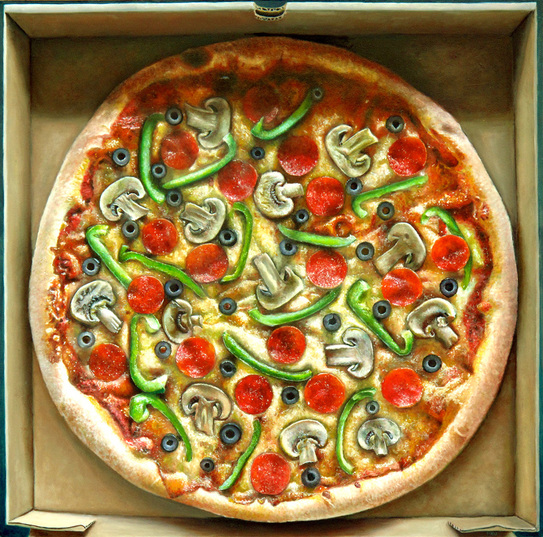
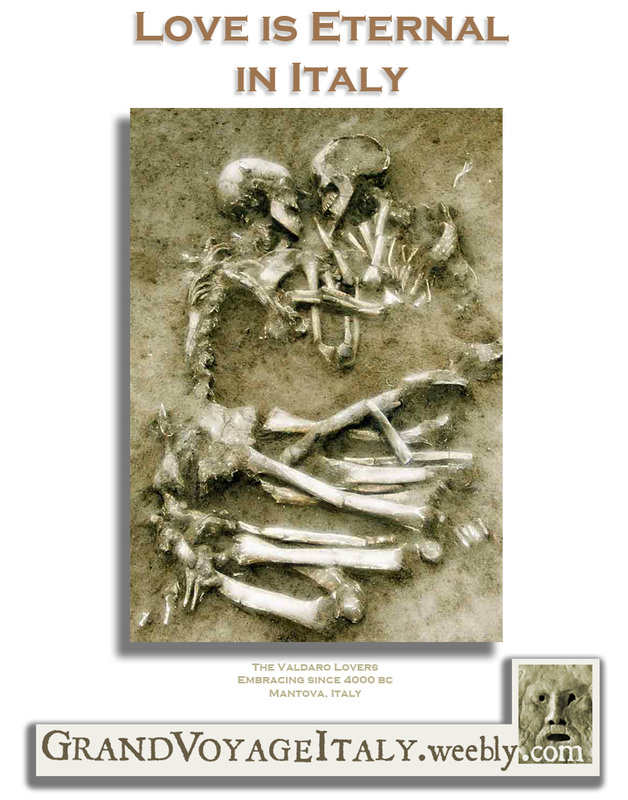
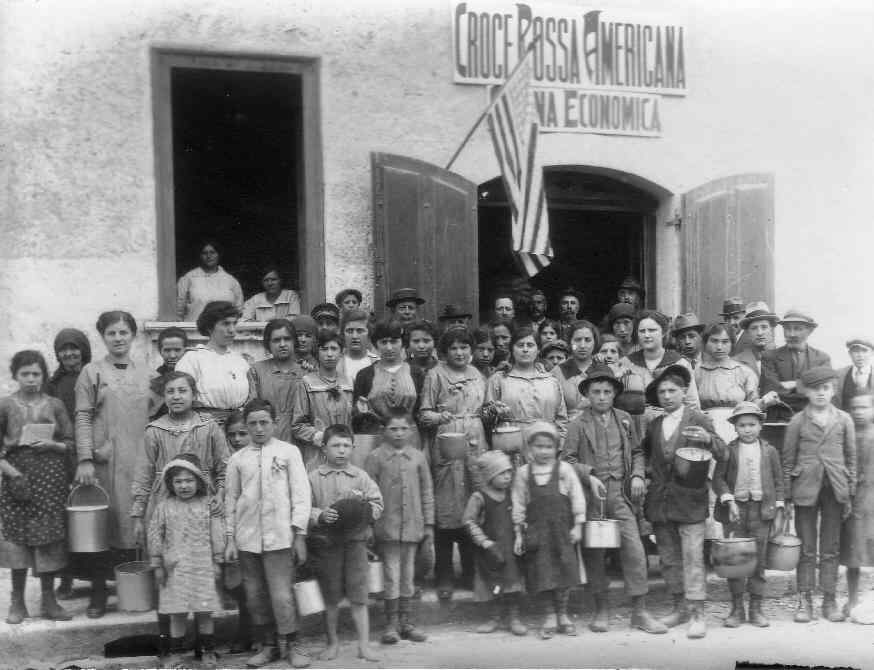
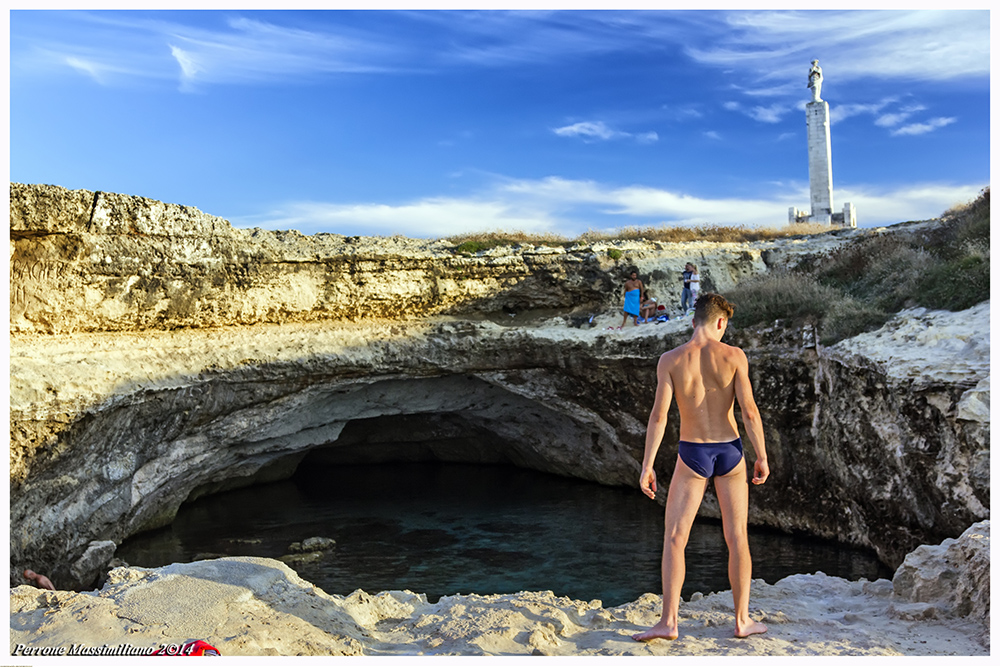
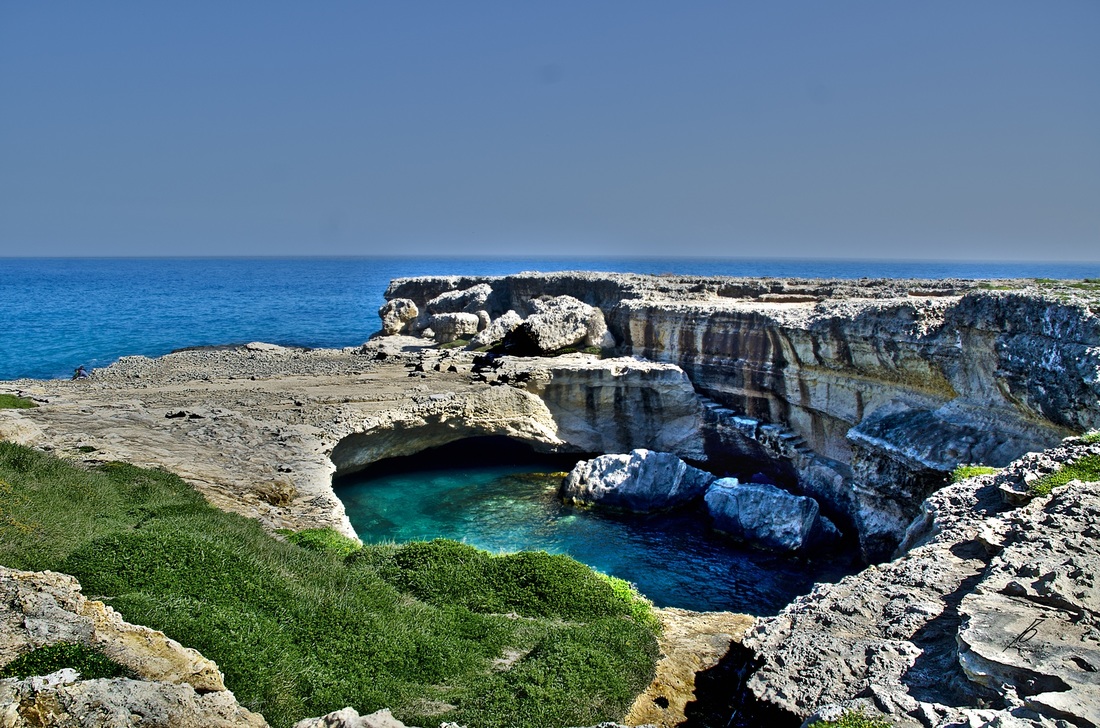
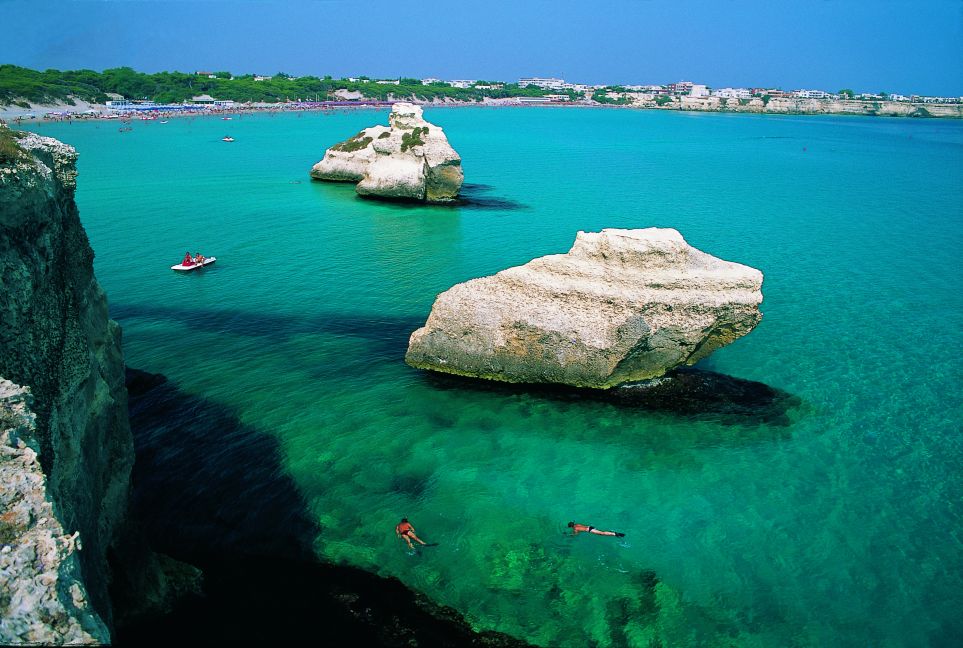
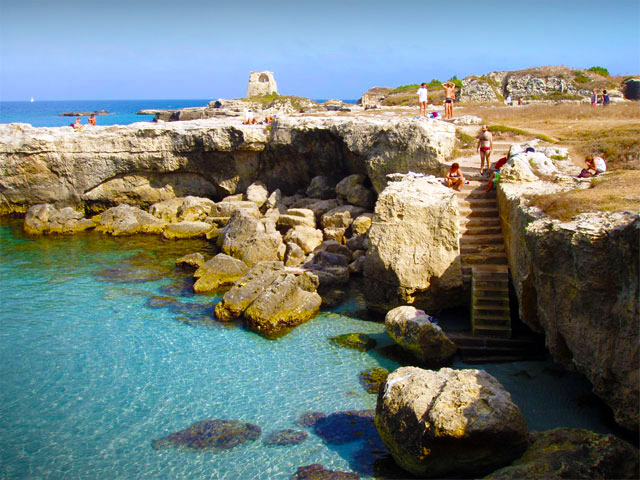
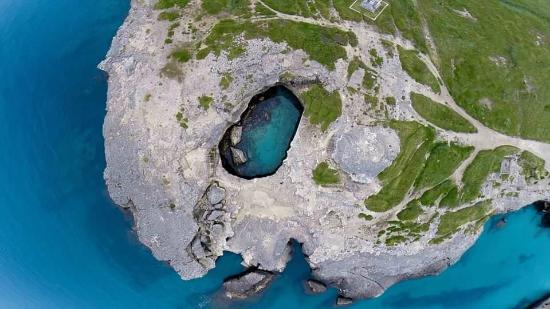
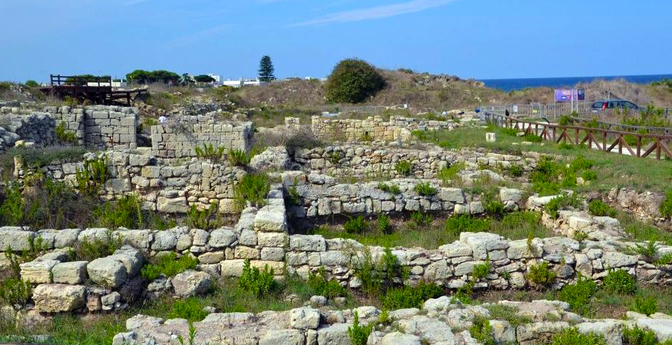
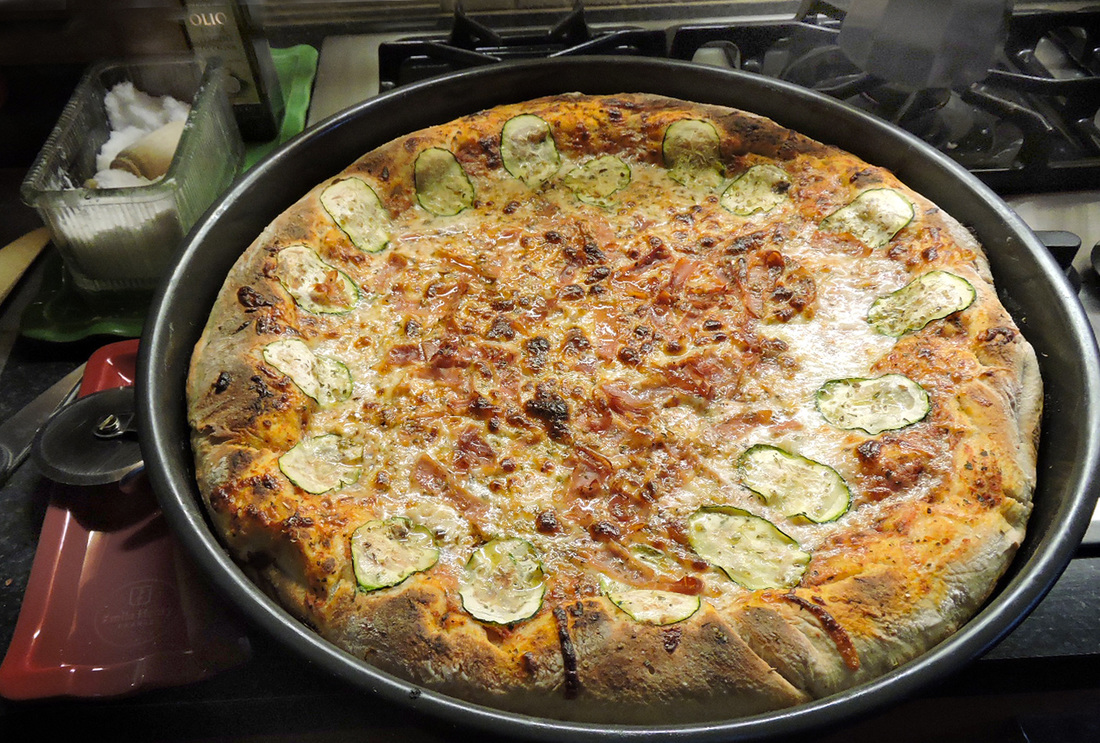
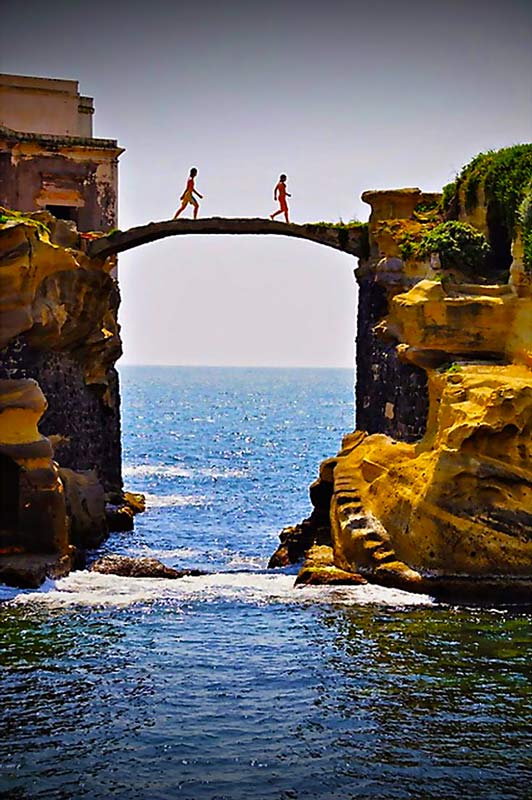
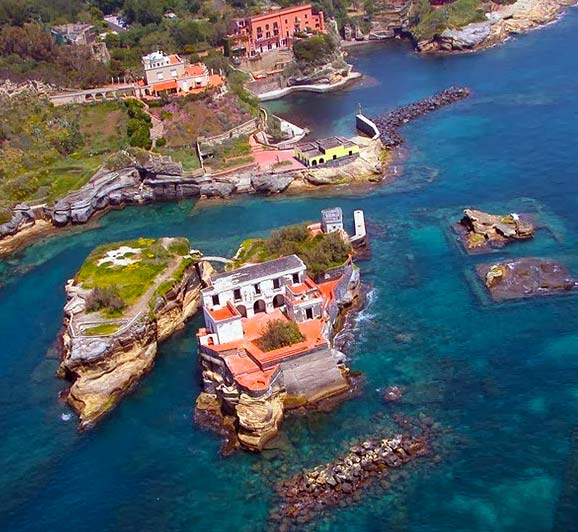
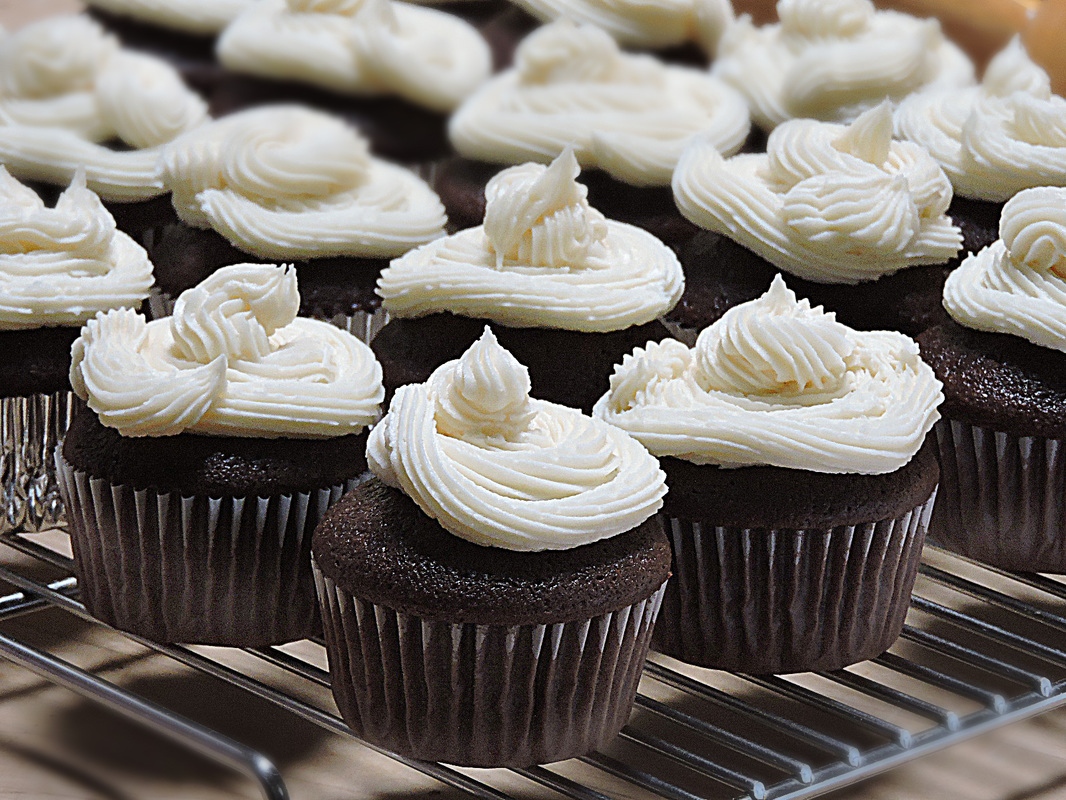
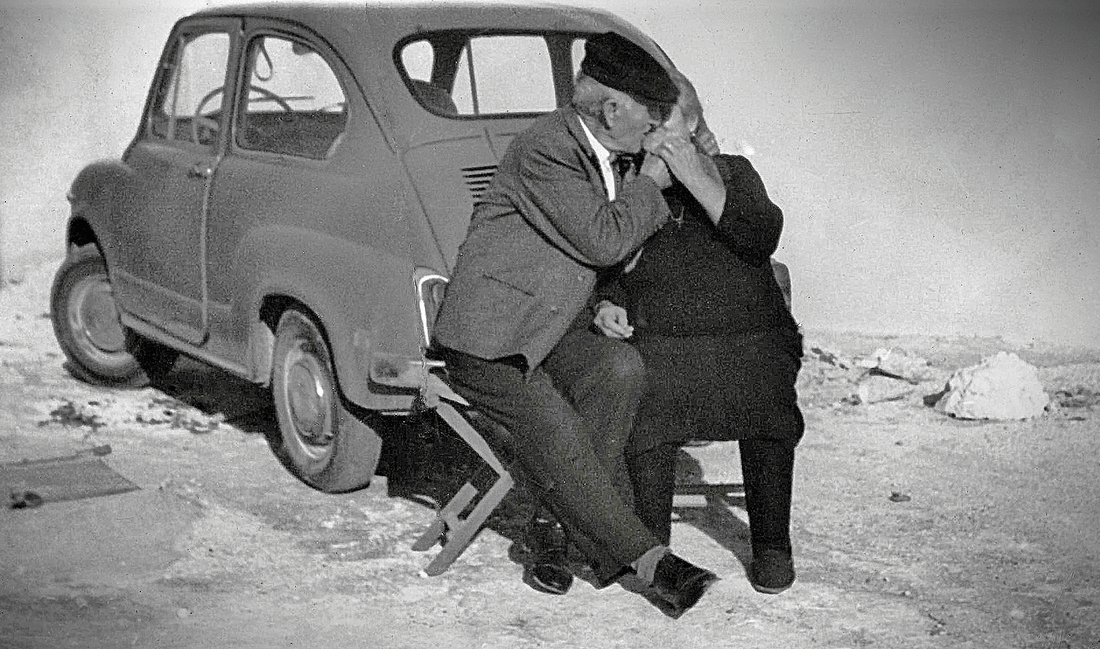
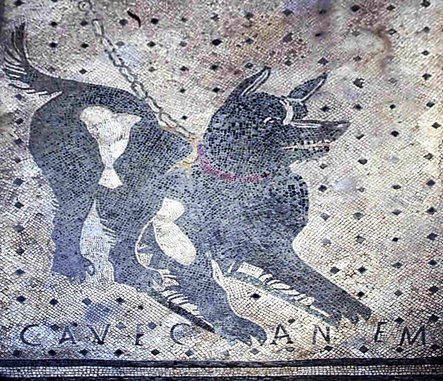

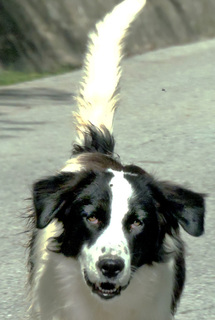
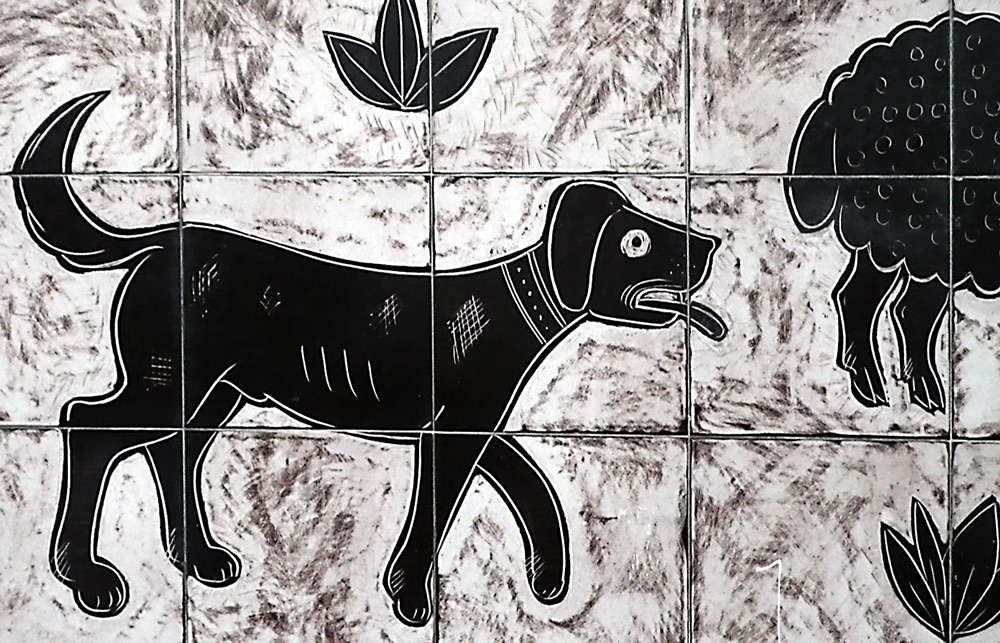
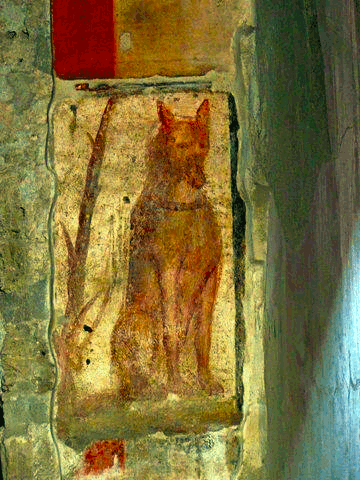
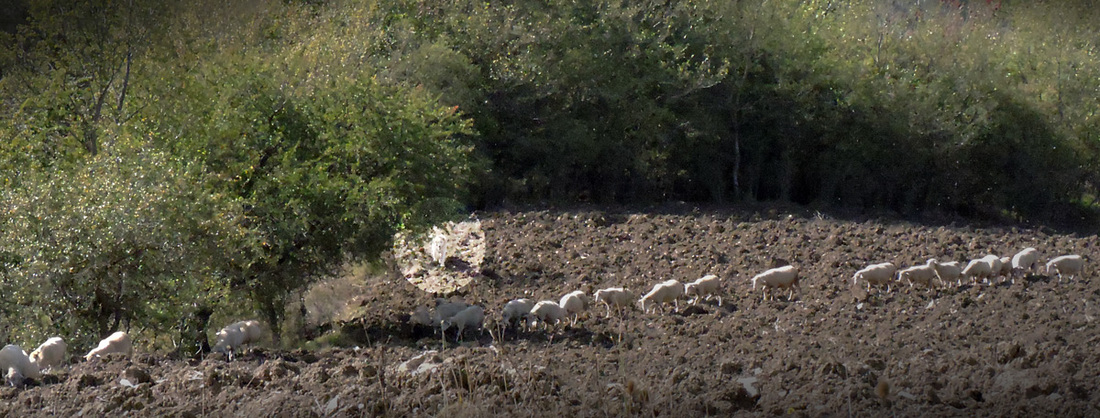
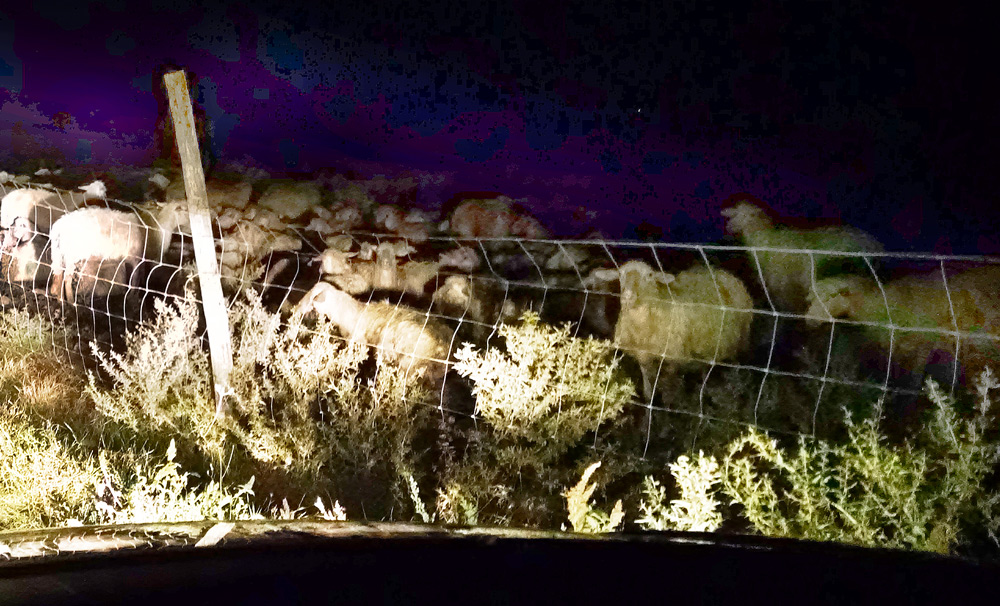
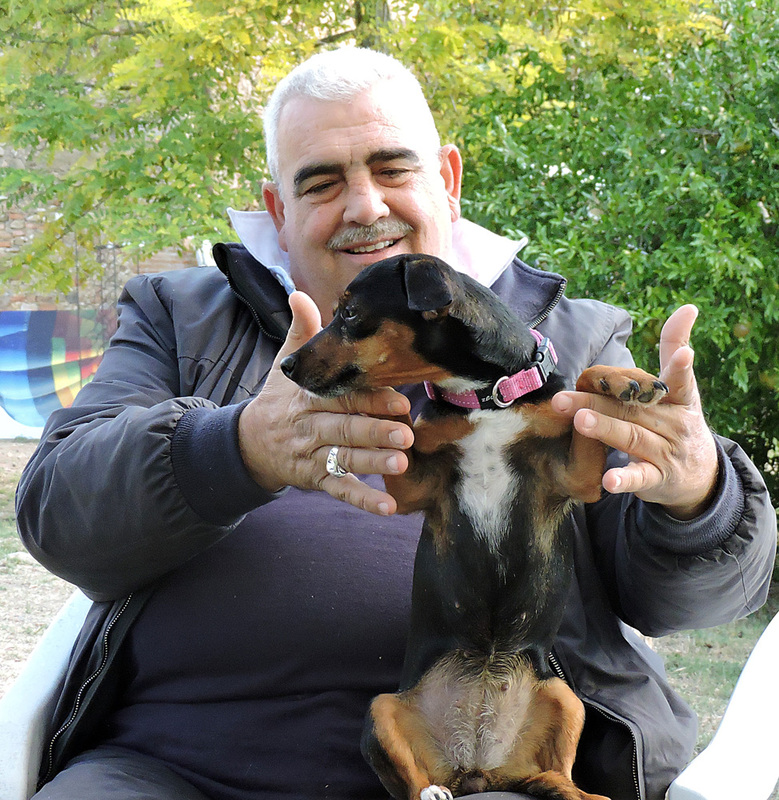
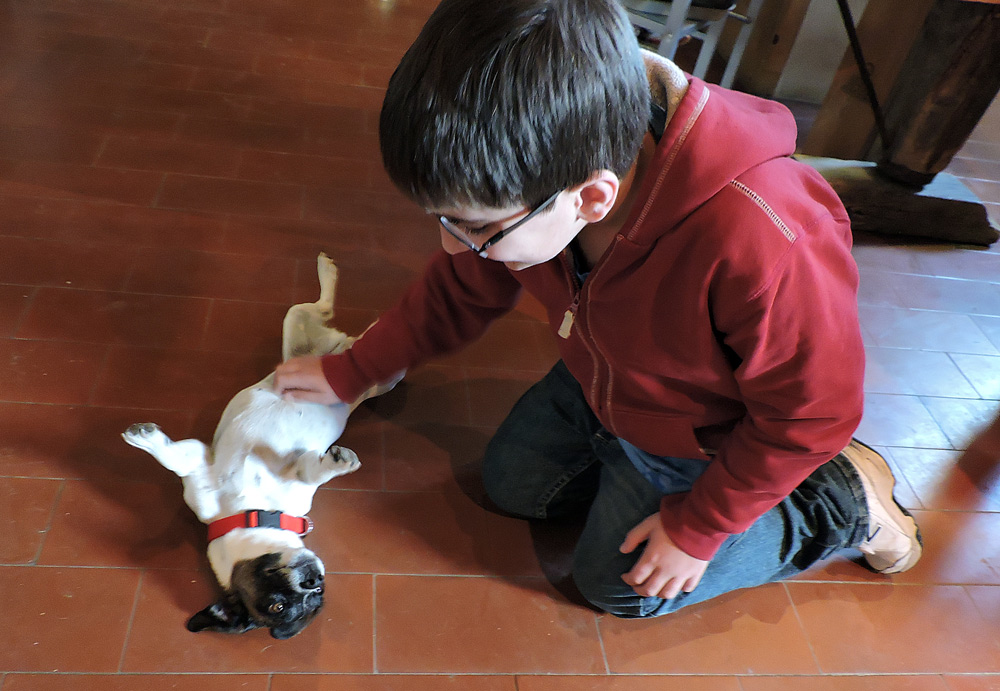
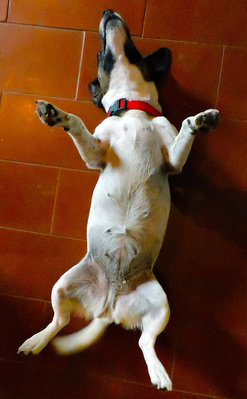
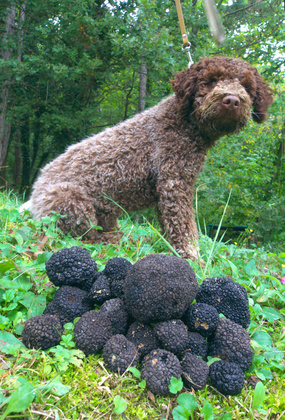
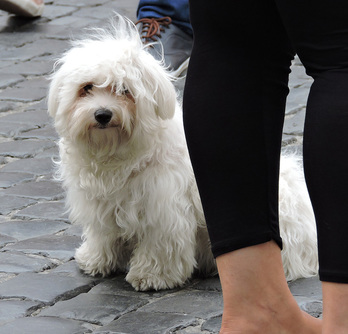
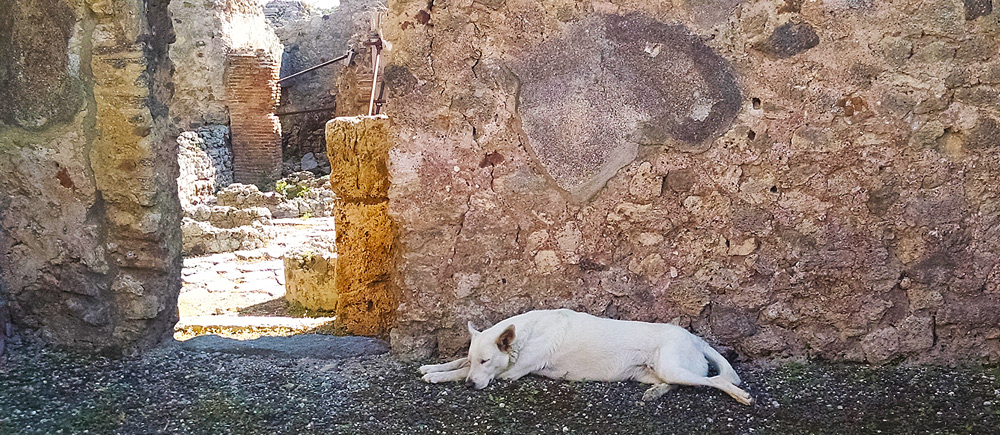
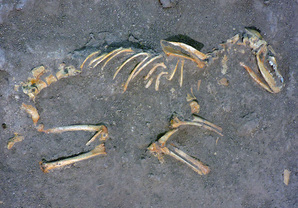
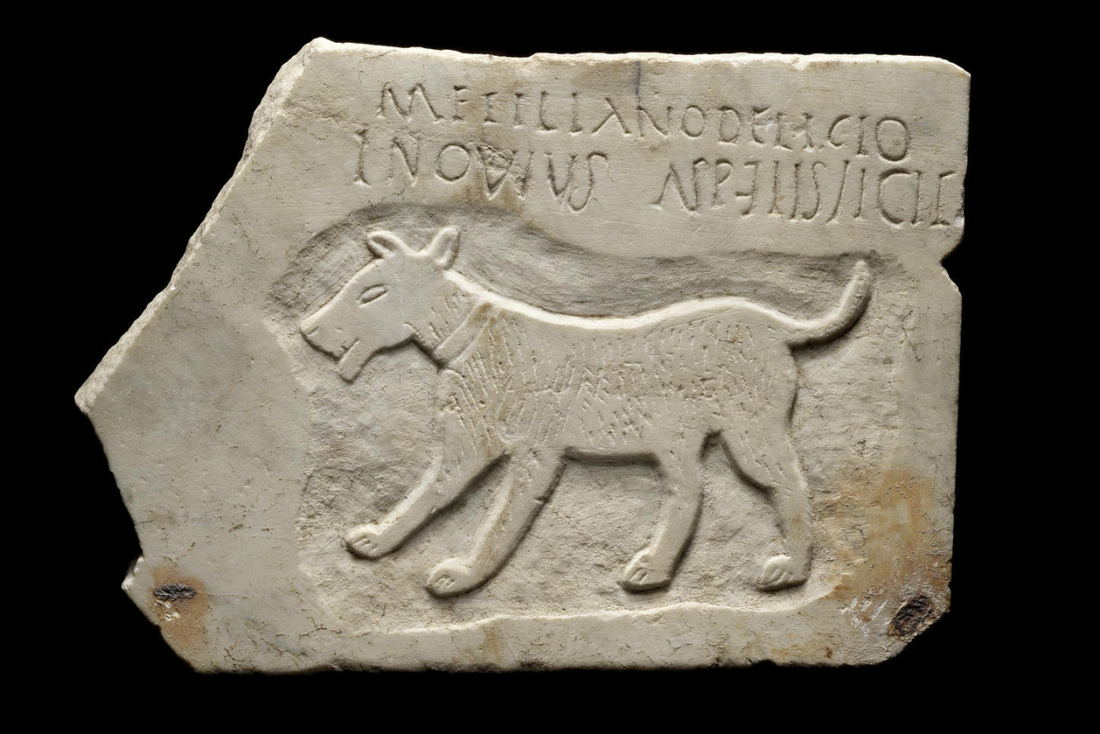
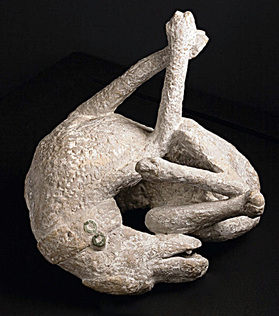
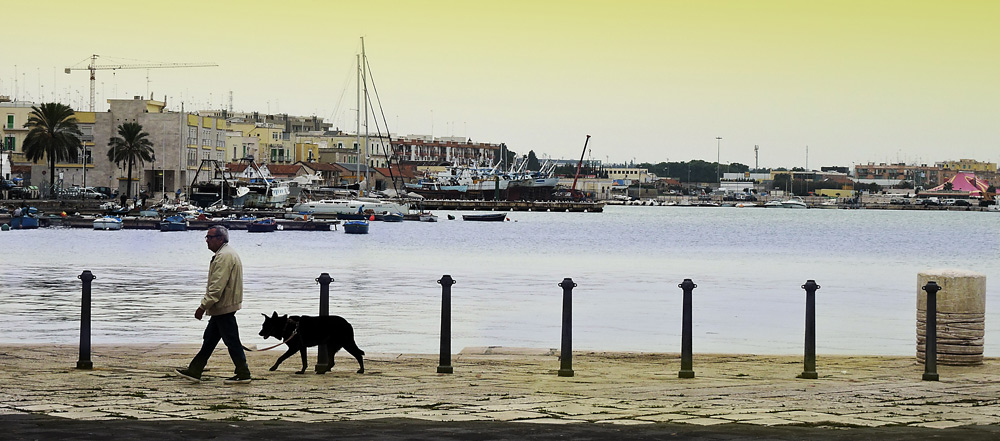
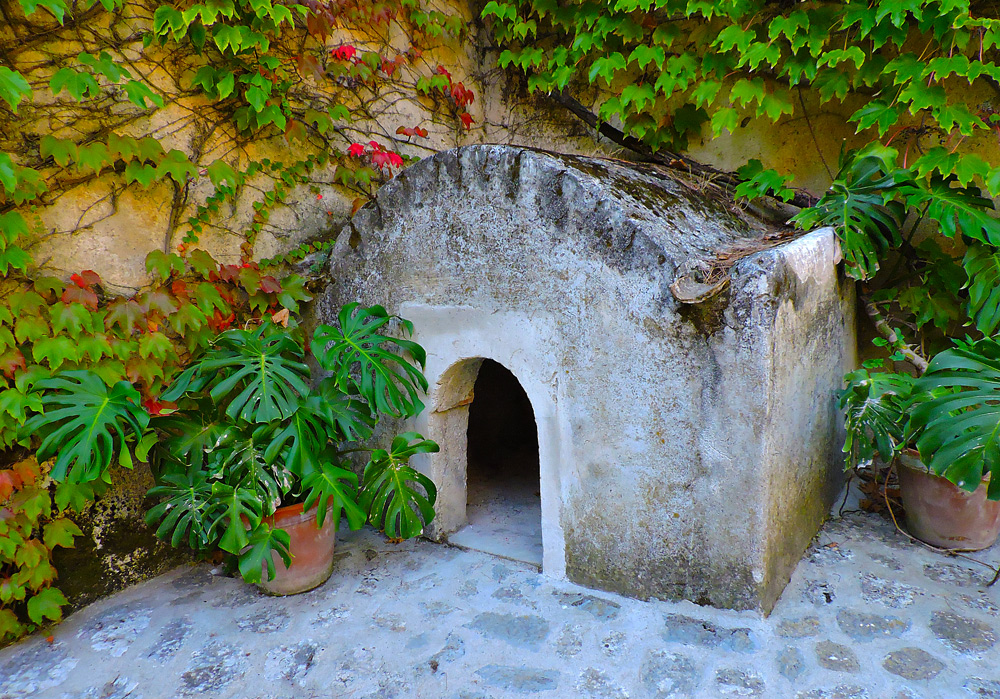
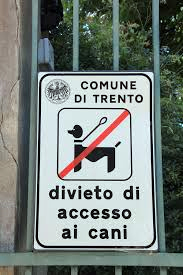
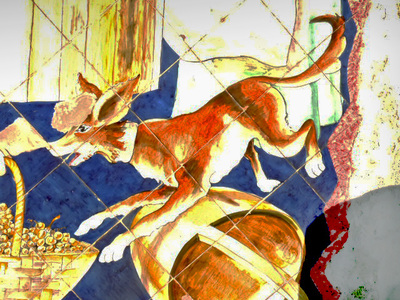
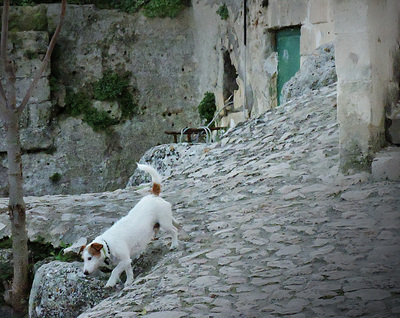
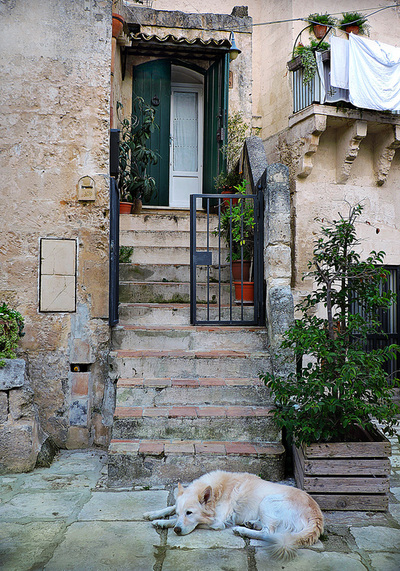
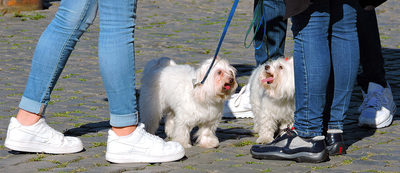
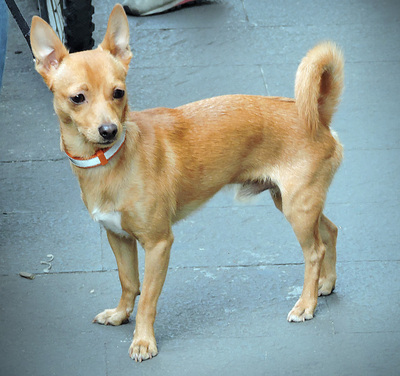
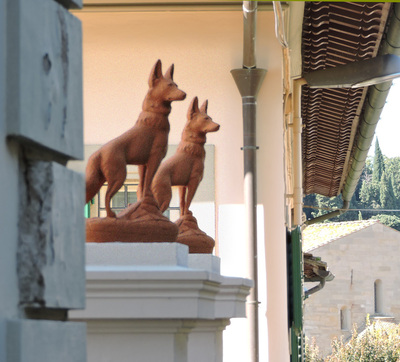
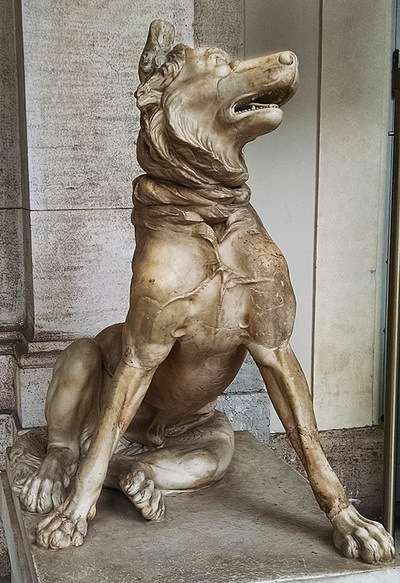
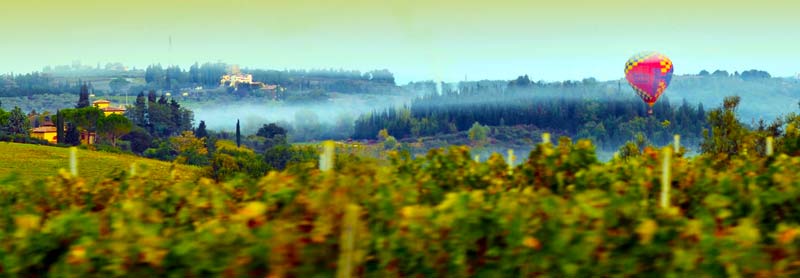
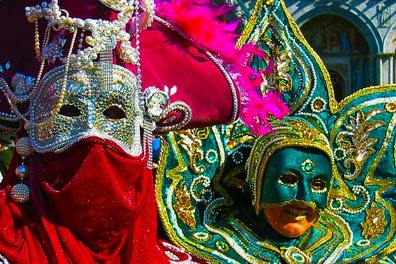
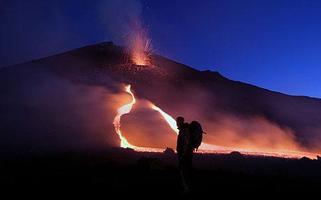
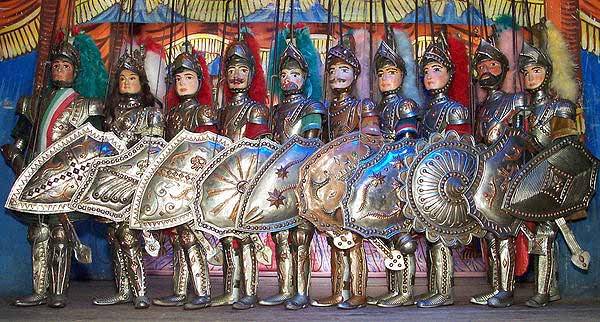
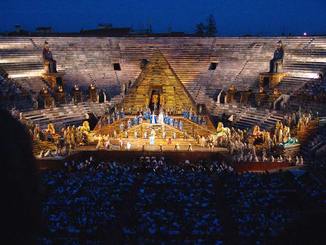
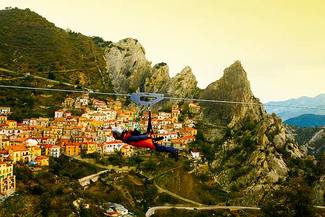
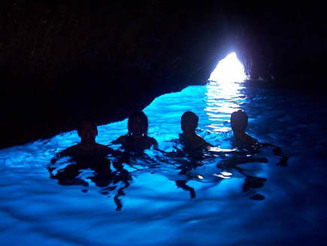
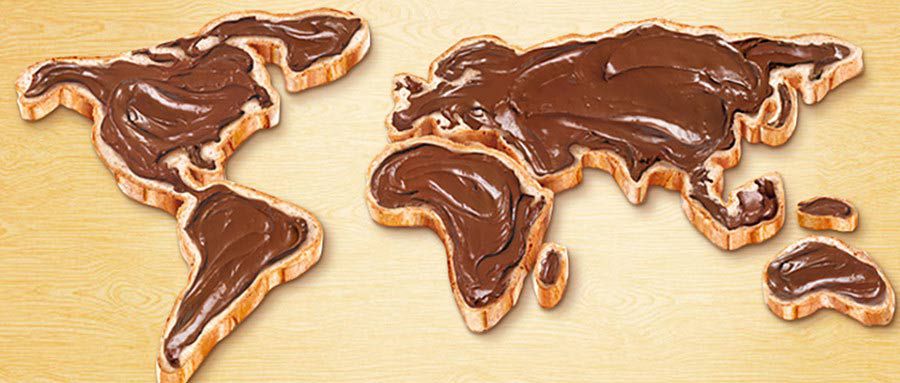
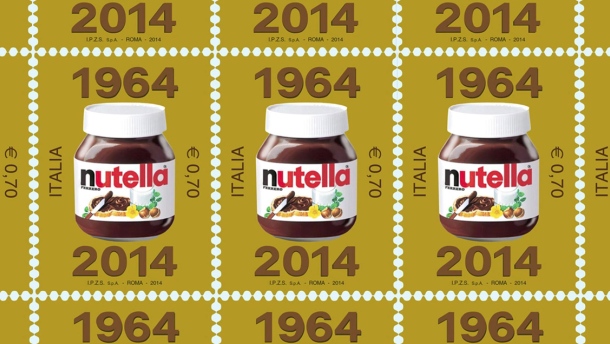
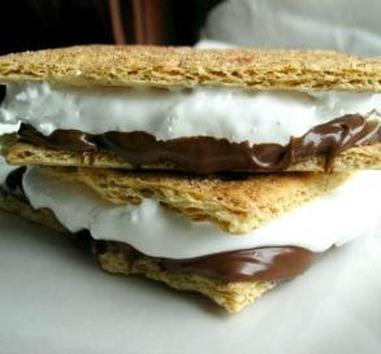
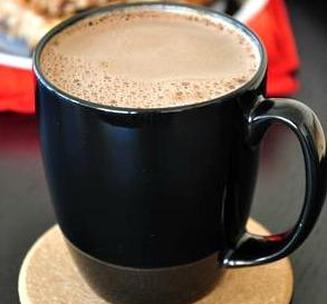
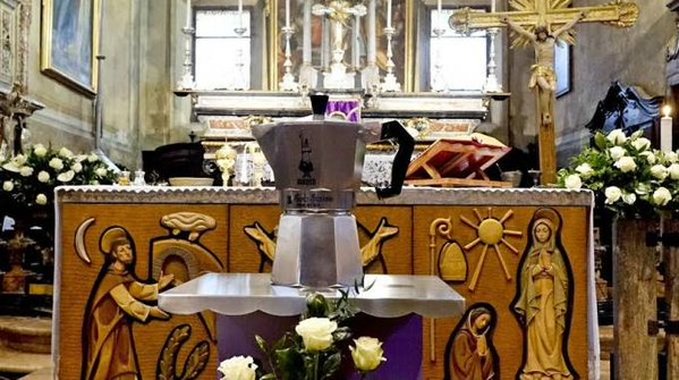
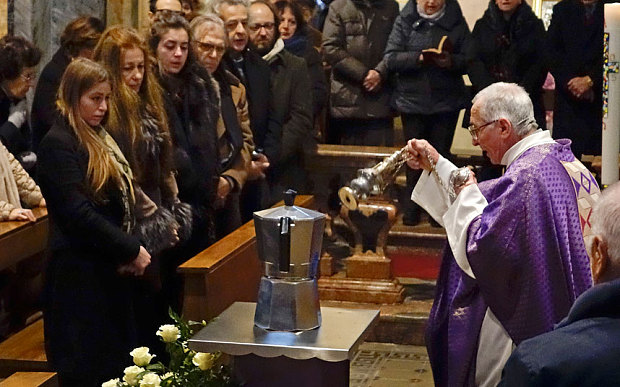
 RSS Feed
RSS Feed
